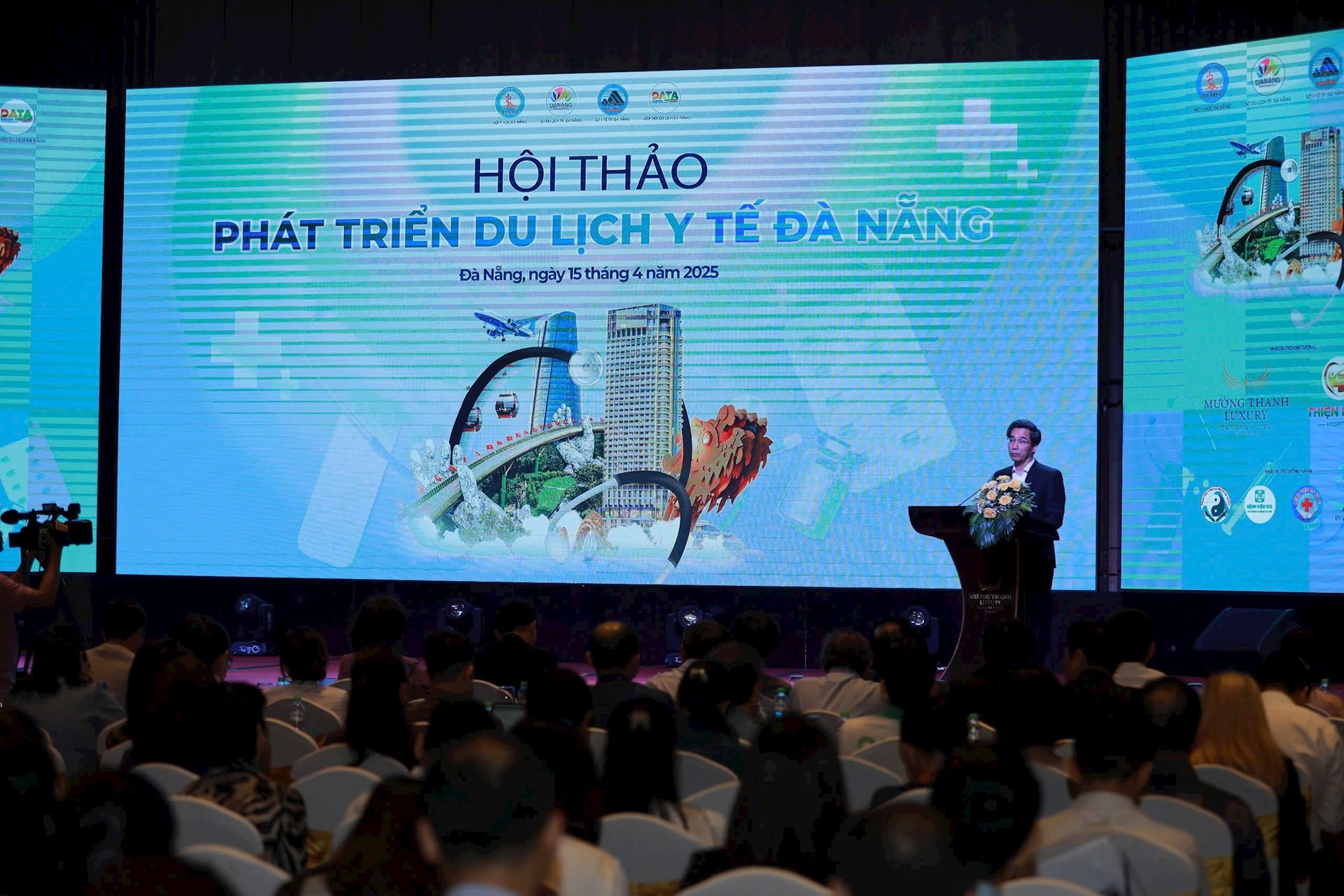
The workshop was organized to review the current situation and potential for medical tourism development in Da Nang; connecting stakeholders such as health - tourism - investment - media - government to jointly build a sustainable development orientation for this field.
Speaking at the workshop, a representative of the Da Nang Medical Association said that medical tourism is not only a creative economic model but also a solution that integrates many benefits such as improving public health, increasing revenue from tourists, promoting medical investment, promoting local image...
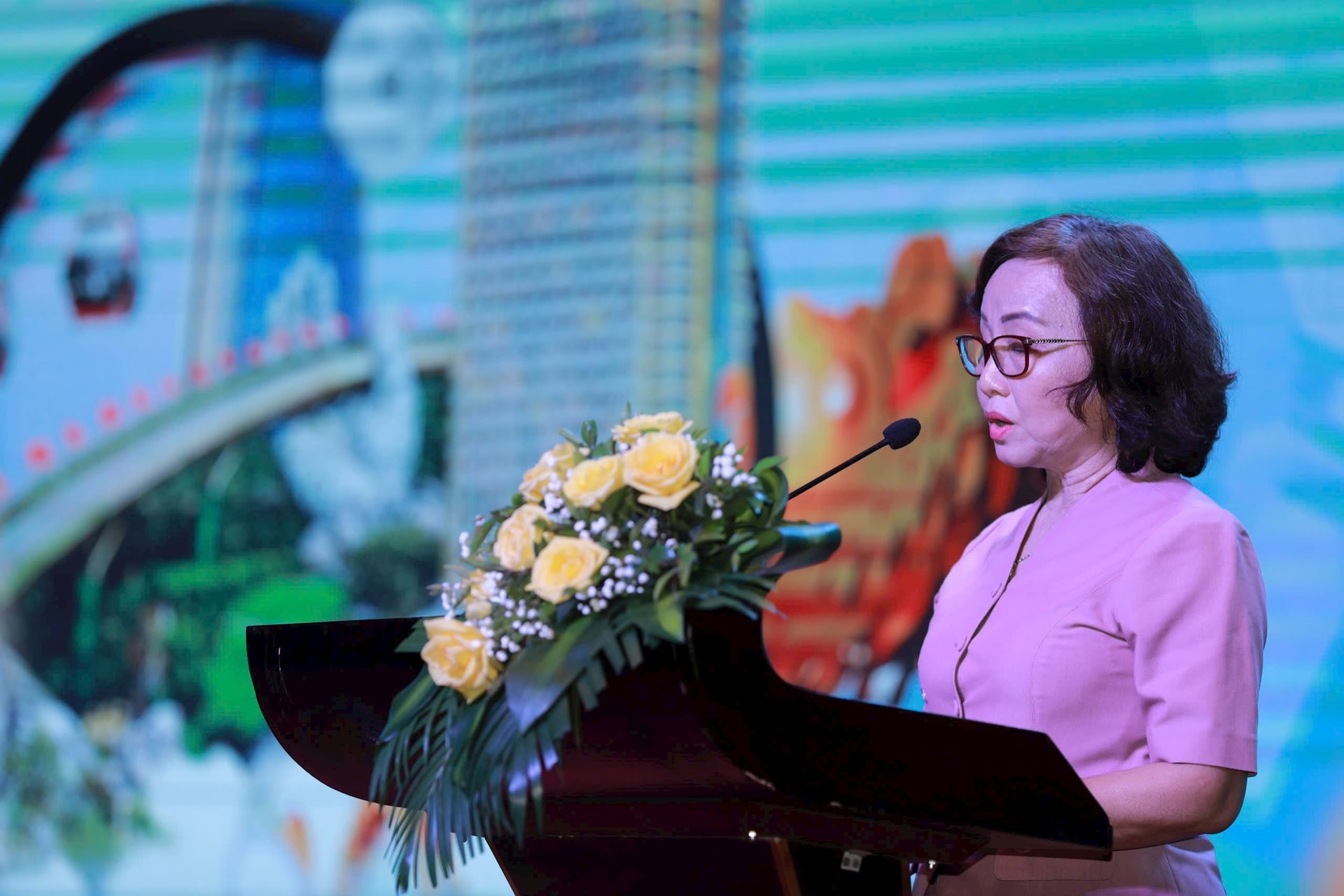
According to the delegates attending the workshop, with its potential and advantages, Da Nang is qualified to become a leading medical tourism center in the Central region and the whole country. However, in reality, the medical tourism model in Da Nang is only in the initial stage, in its infancy, without close links between the parties.
On this occasion, the delegates shared many important presentations such as: Solutions for exploiting and developing medical tourism; experience in building and developing medical tourism; smart medical tourism model; developing traditional medicine and pharmaceutical products and services for Da Nang health tourism...
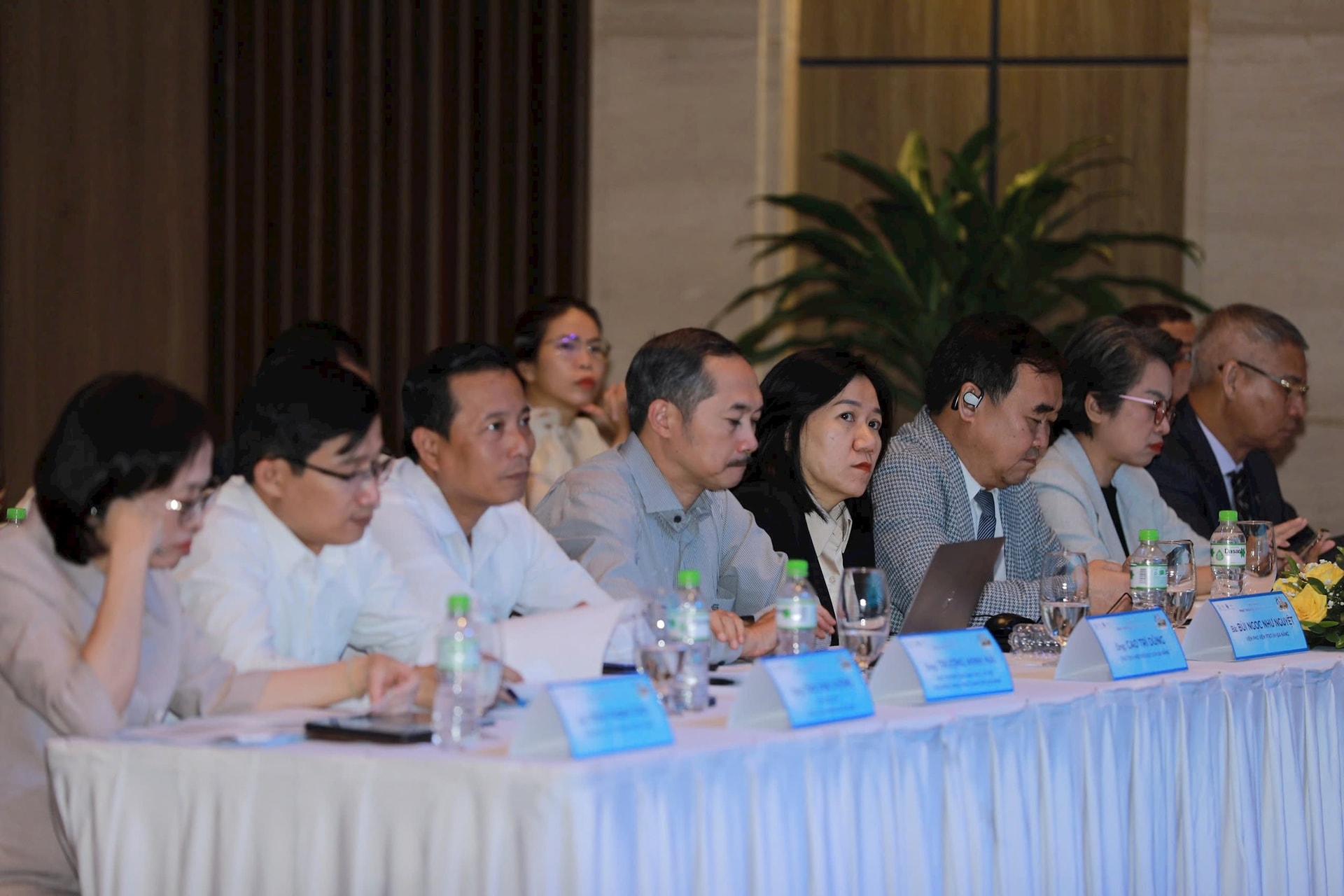
It is known that in March 2025, the People's Committee of Da Nang City issued the Plan for developing medical tourism in the city for the period 2025 - 2030, with a vision to 2050, with the view that developing medical tourism is one of the solutions to improve service quality; building an advanced and modern medical system, developing a number of high-level fields with the goal of making Da Nang's medical sector a health care center in Southeast Asia.
According to Carrera & Bridges, medical tourism is the intersection of two fields: the health care system and the tourism ecosystem, requiring multidisciplinary coordination between healthcare, hotels - resorts, transportation, information technology and insurance finance. An effective medical tourism development model requires the following basic elements: international standard medical infrastructure; a team of doctors with professional competence and foreign language skills; a chain of logistics, transportation, and comprehensive health care services; favorable visa and health insurance policies; and a marketing system.
- cross-border medical communication.
In addition, medical tourism does not stop at purely medical services, but expands to ancillary services such as medical accommodation, rehabilitation, post-operative care, nutritional counseling, wellness tourism and therapeutic tourism. This creates resonance value and promotes the consumption of high-end services at the destination.
Source: https://baoquangnam.vn/thuc-day-du-lich-y-te-o-da-nang-3152831.html


![[Photo] Book Festival: Promoting children's reading culture](https://vstatic.vietnam.vn/vietnam/resource/IMAGE/2025/4/16/52ddcb6c4c1f4f1d992e4e13f2e5ca62)
![[Photo] Prime Minister Pham Minh Chinh receives South Korean Foreign Minister Cho Tae-yul](https://vstatic.vietnam.vn/vietnam/resource/IMAGE/2025/4/16/c8a7bf8f15f347d78b4ec317d8979aba)
![[Photo] National Assembly Chairman Tran Thanh Man meets with Lao Prime Minister Sonexay Siphandone](https://vstatic.vietnam.vn/vietnam/resource/IMAGE/2025/4/16/e023753be97a4d8e9f5ab03eb5182579)
![[Photo] The 9th Vietnam-China Border Defense Friendship Exchange](https://vstatic.vietnam.vn/vietnam/resource/IMAGE/2025/4/16/10e73e2e0b344c0888ad6df3909b8cca)
![[Photo] Summary of training for 36 parade blocks for the April 30th Festival](https://vstatic.vietnam.vn/vietnam/resource/IMAGE/2025/4/16/69906ce4b0d1470eb18b8e9bdcdabff1)
![[Photo] President Luong Cuong receives Korean Foreign Minister Cho Tae-yul](https://vstatic.vietnam.vn/vietnam/resource/IMAGE/2025/4/16/d68c85559fca4772a8e3ca8ab1942a6f)

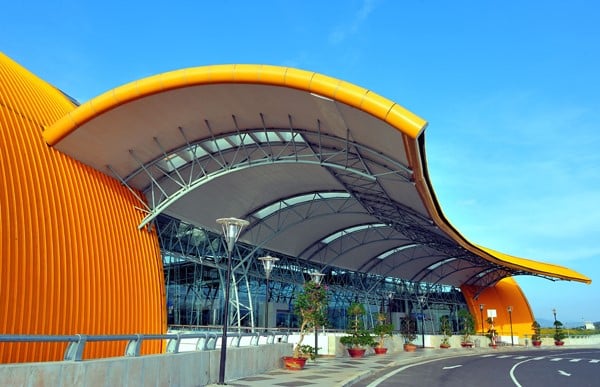
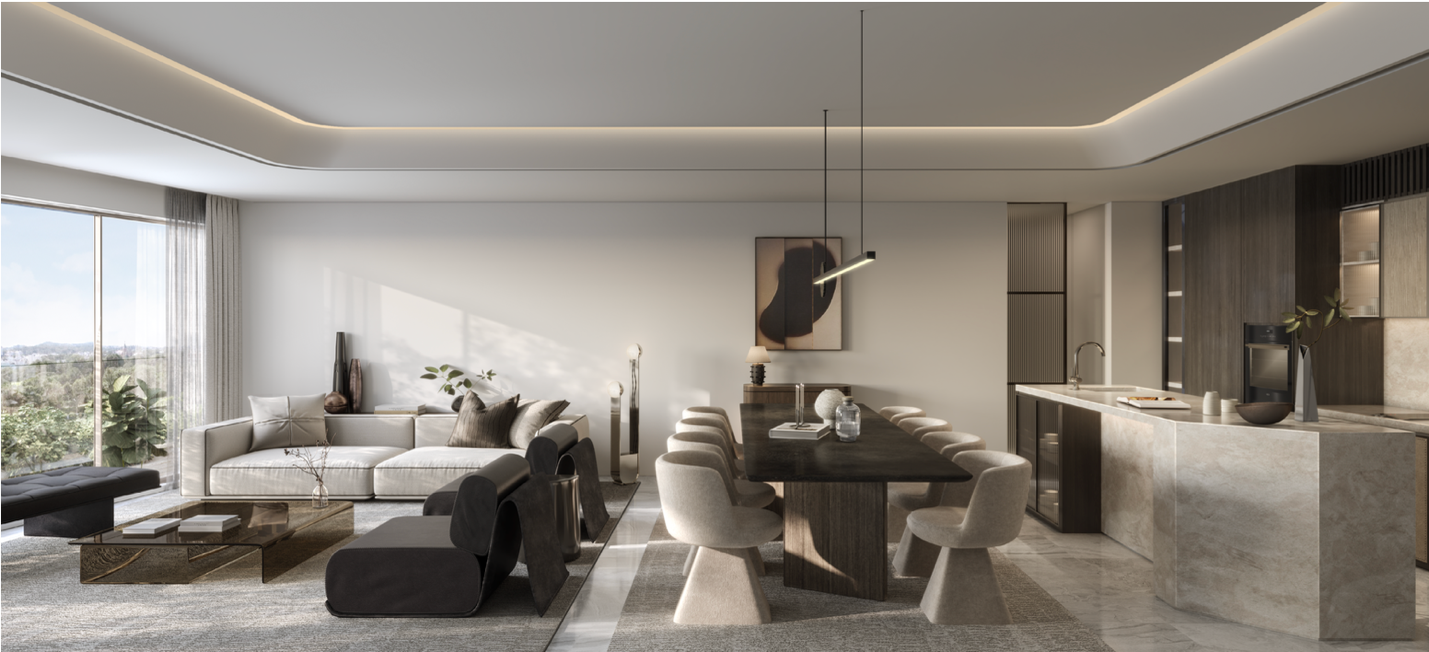
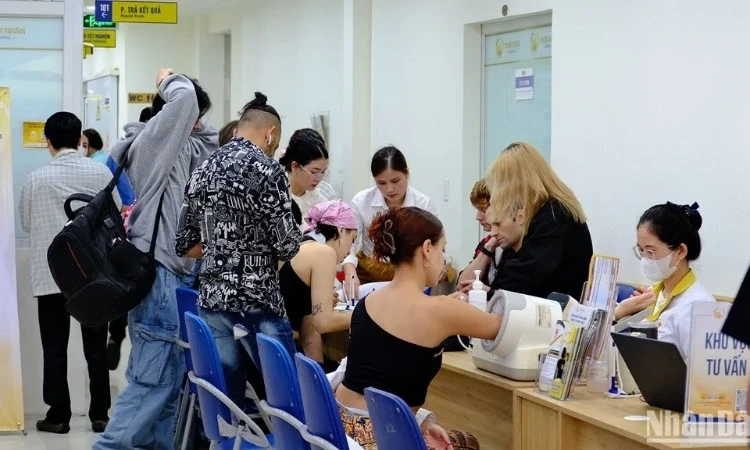

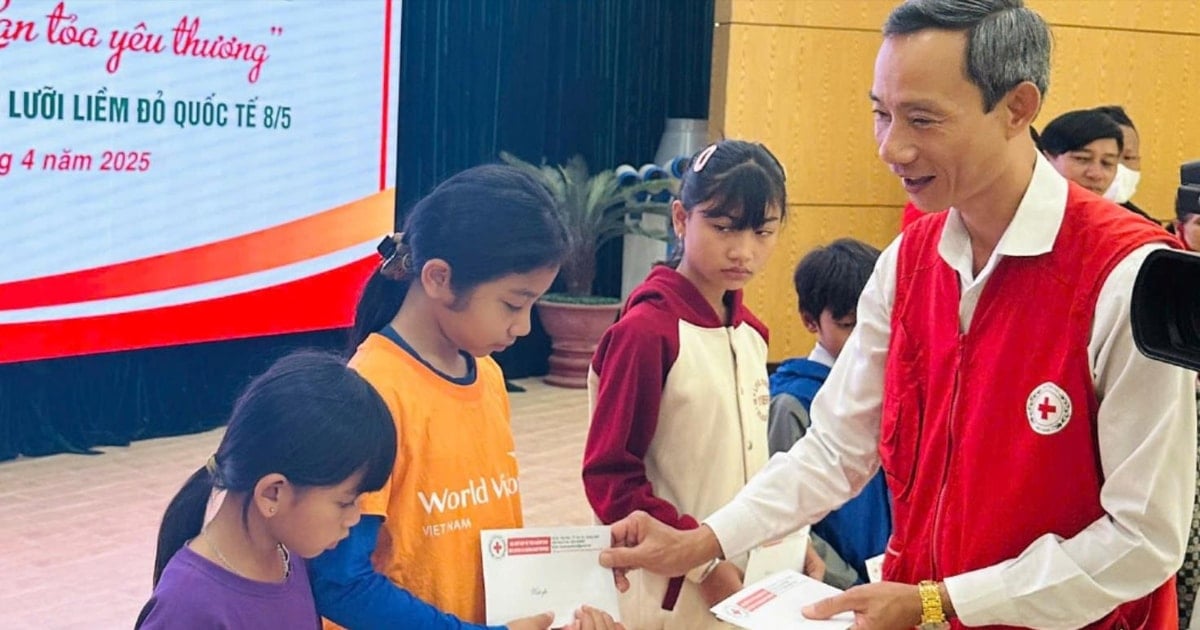


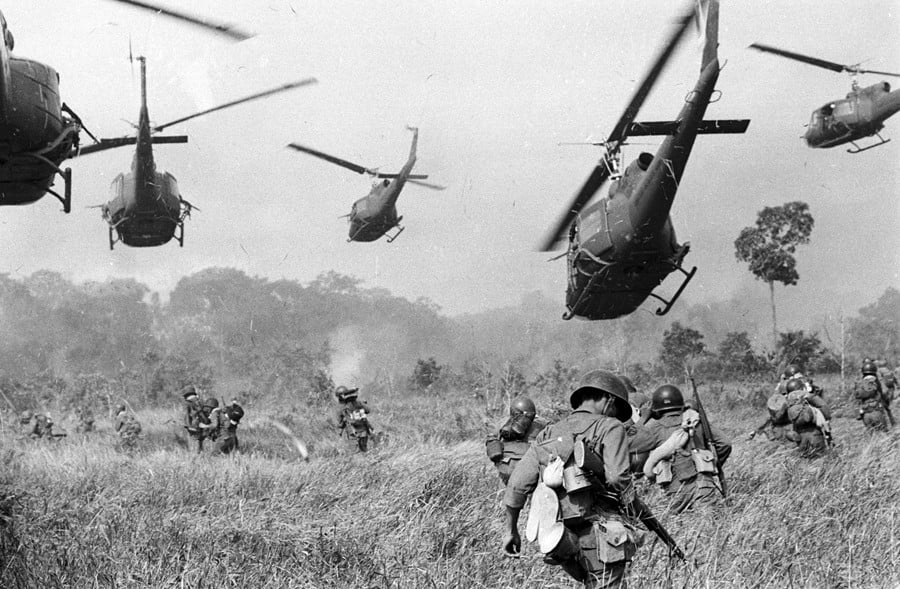

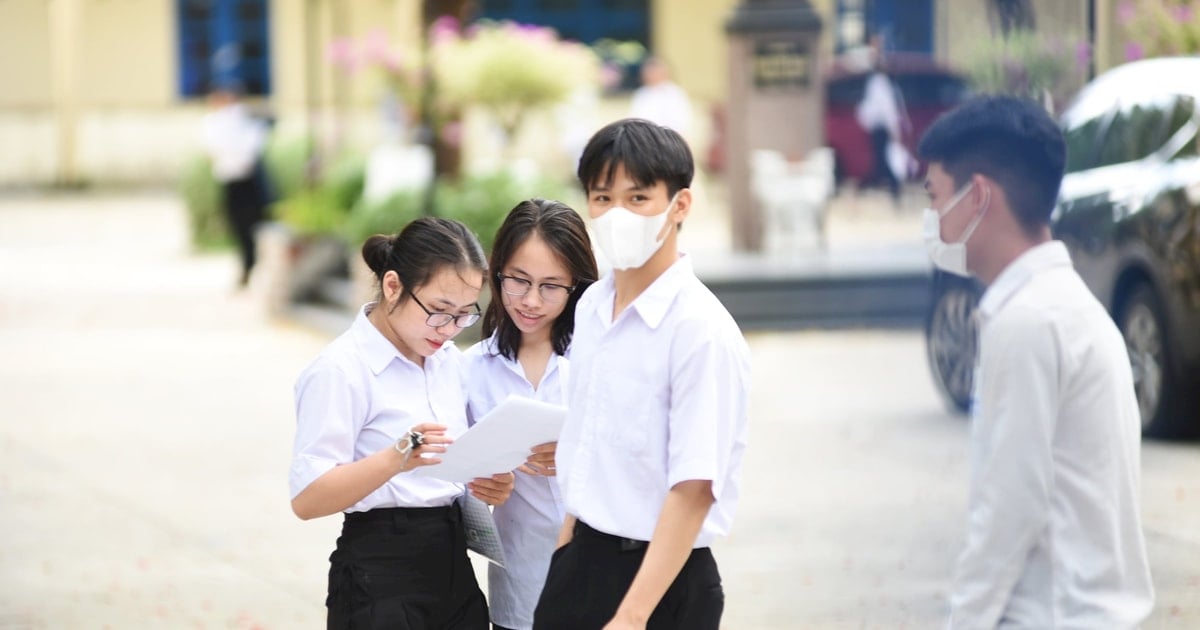
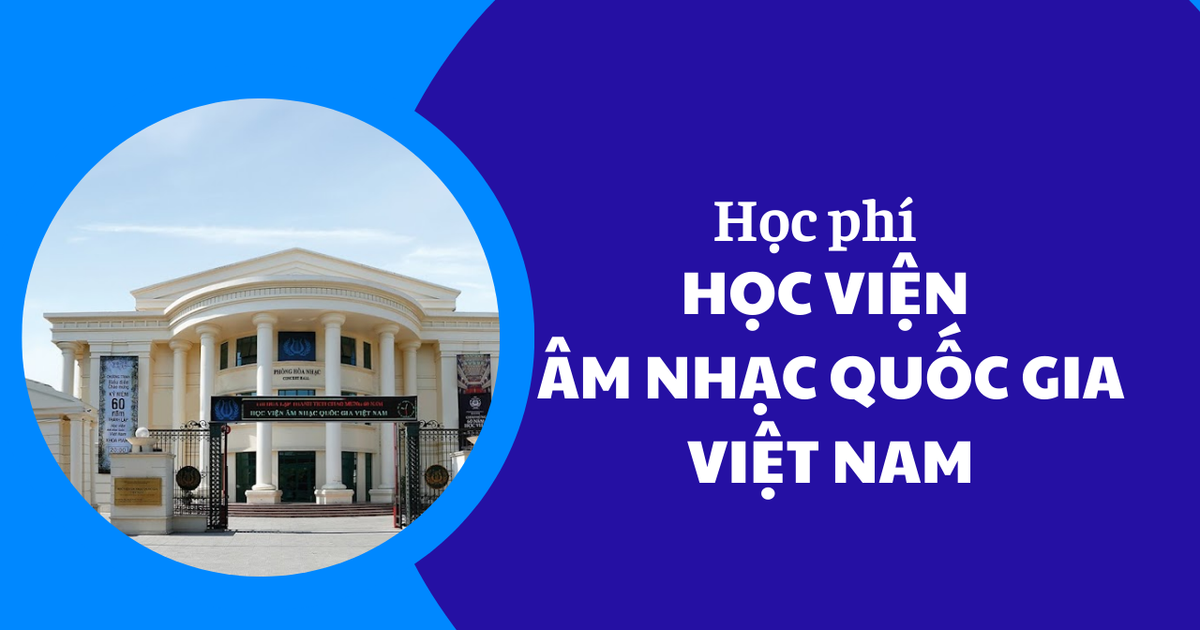
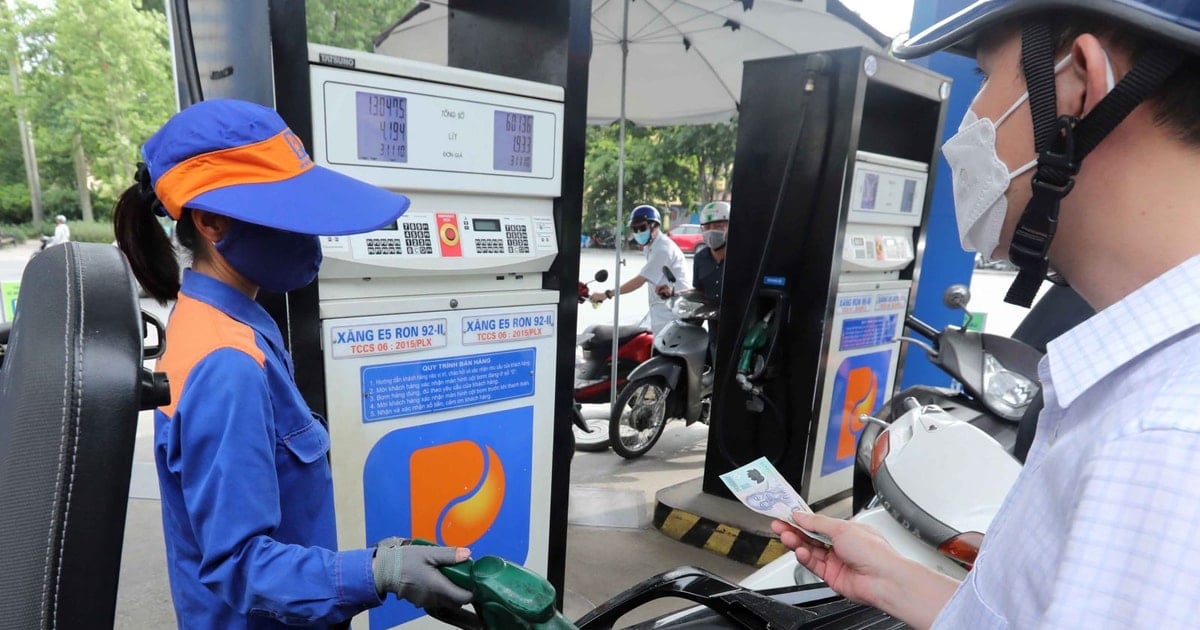
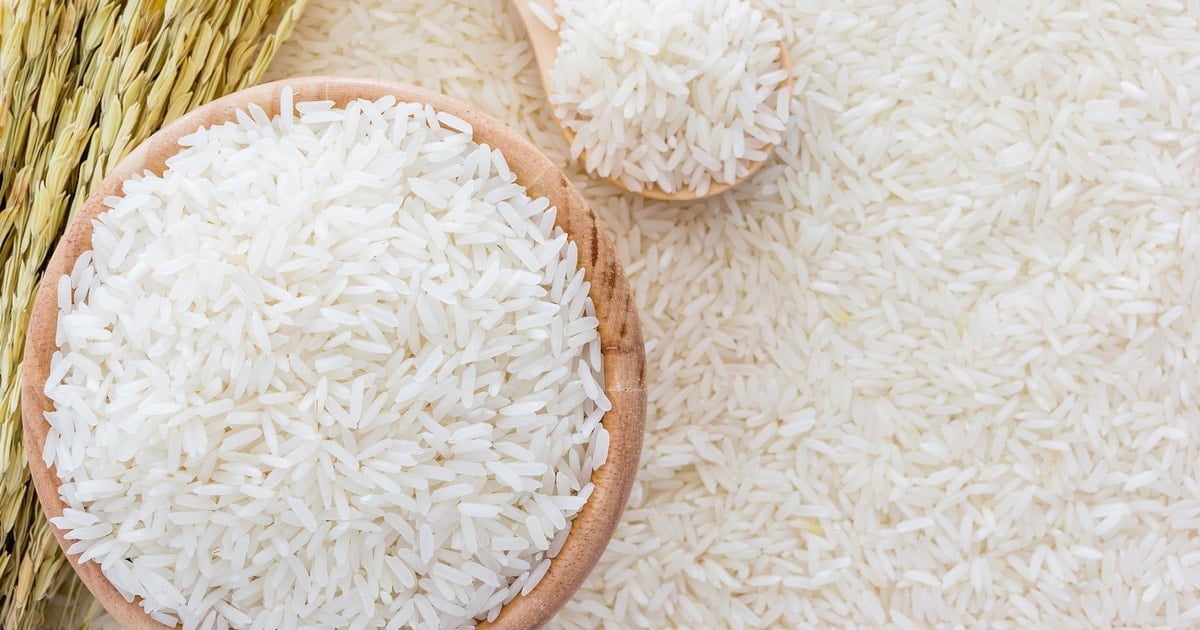
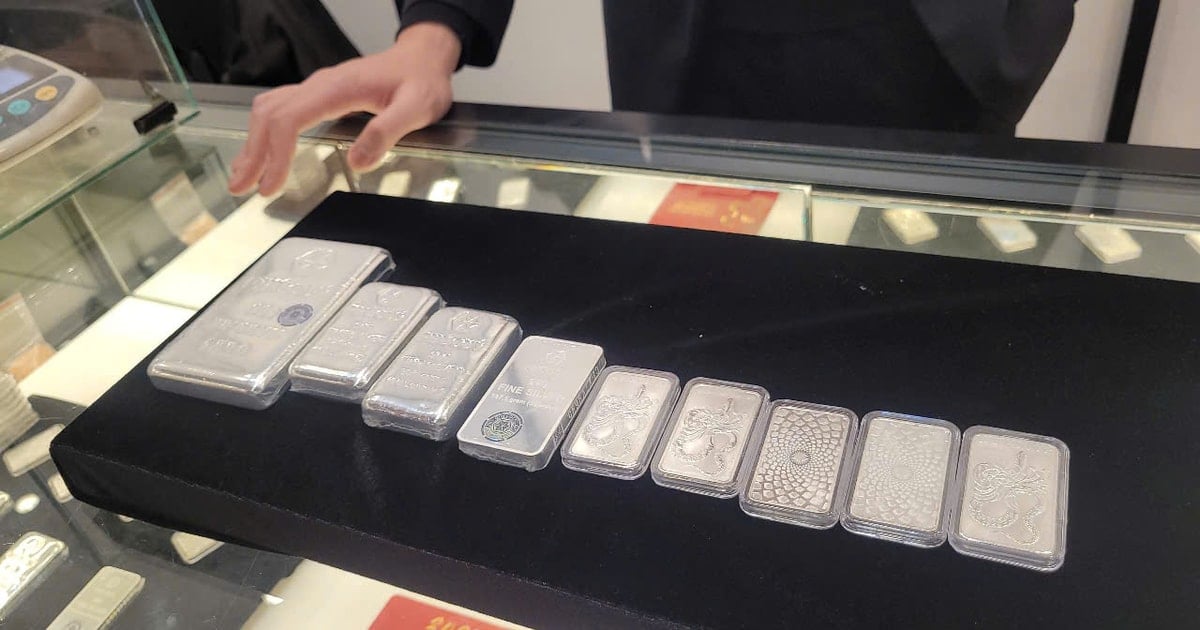
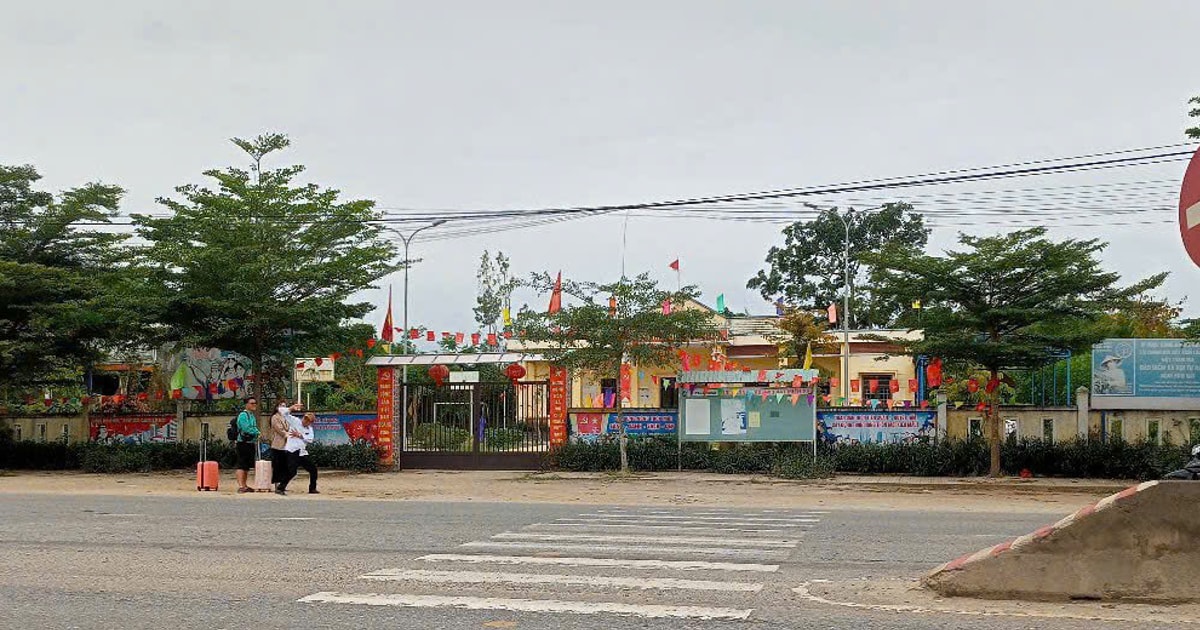
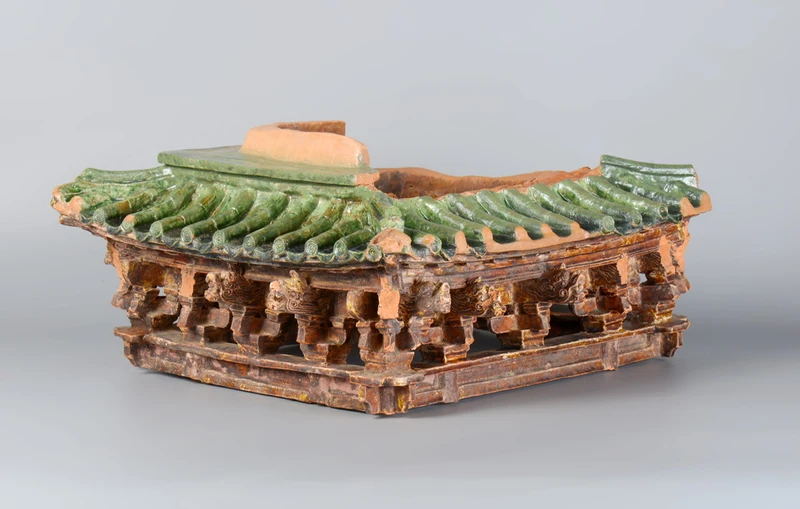

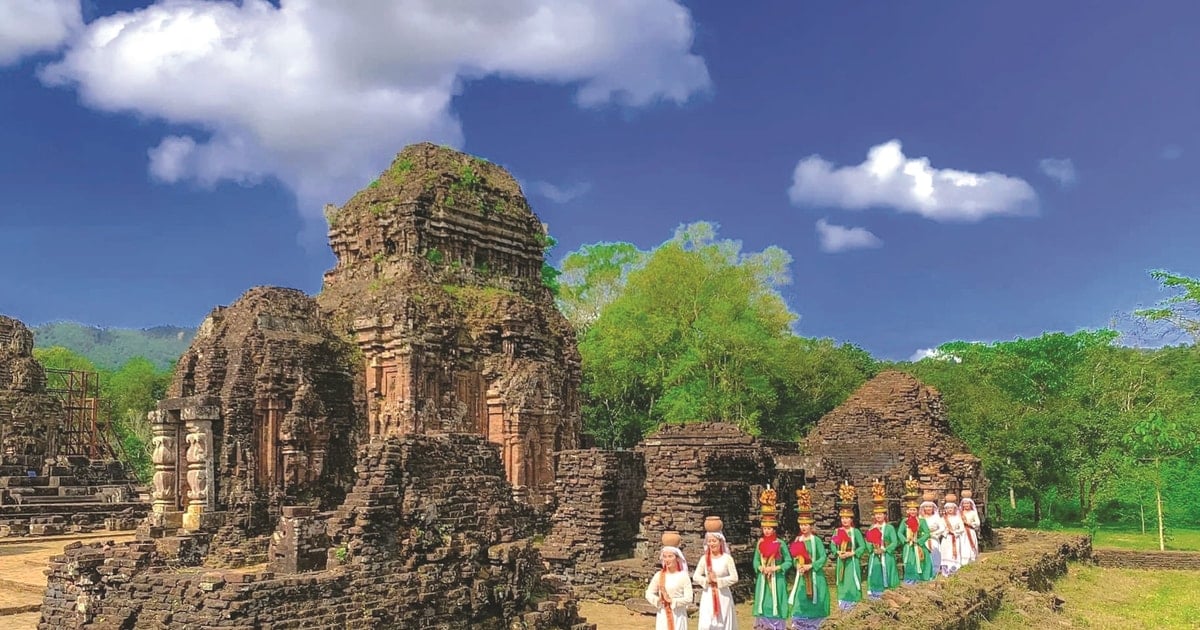

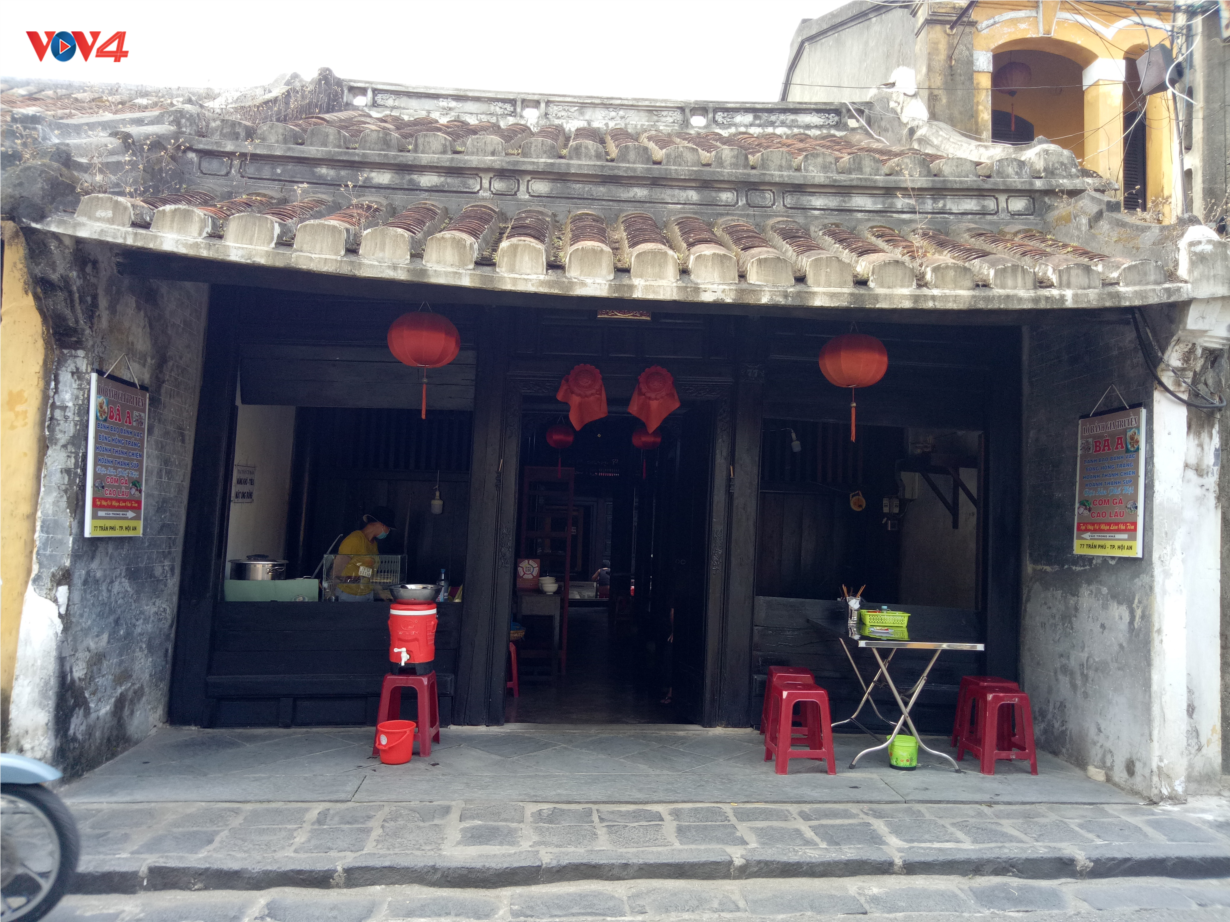

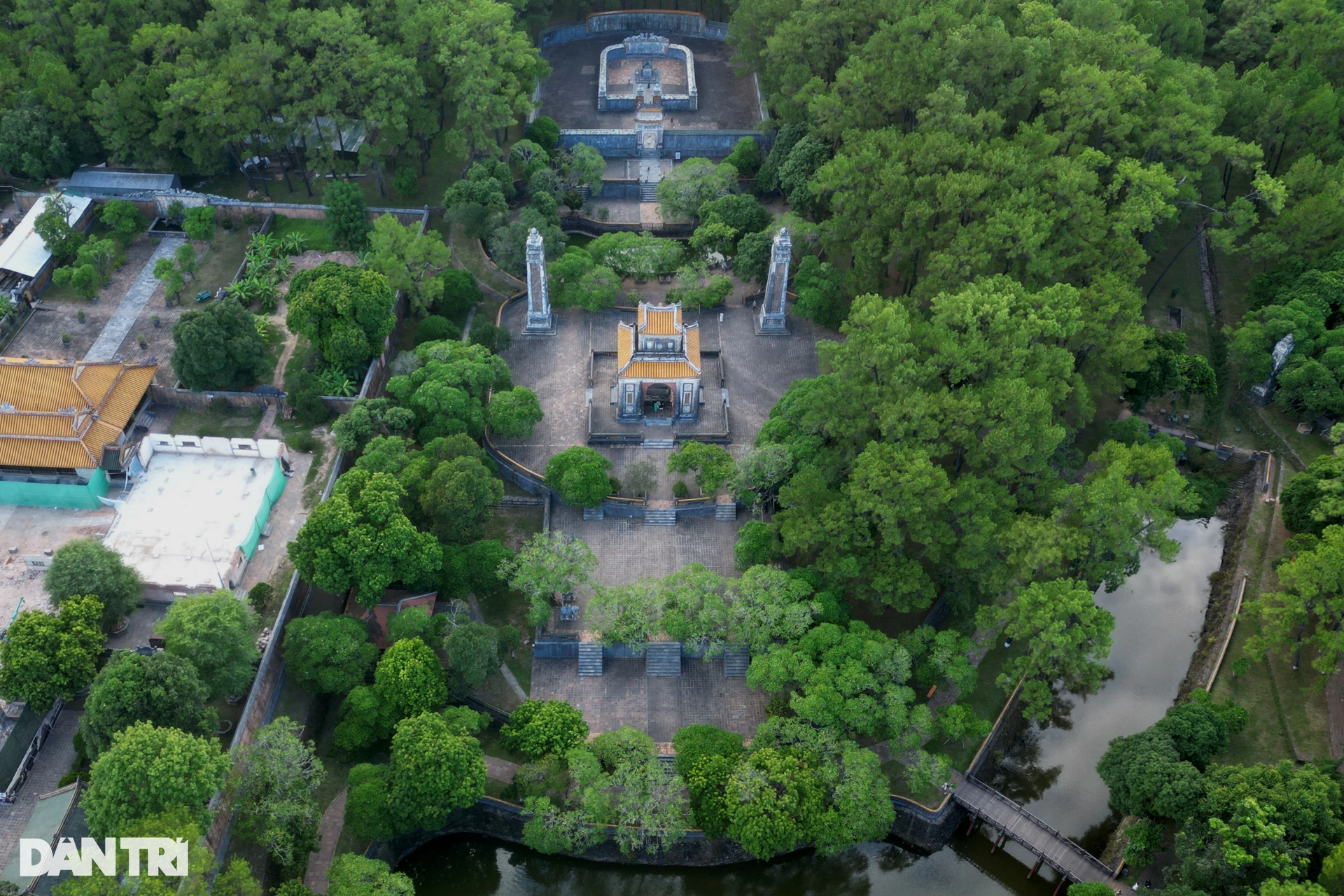

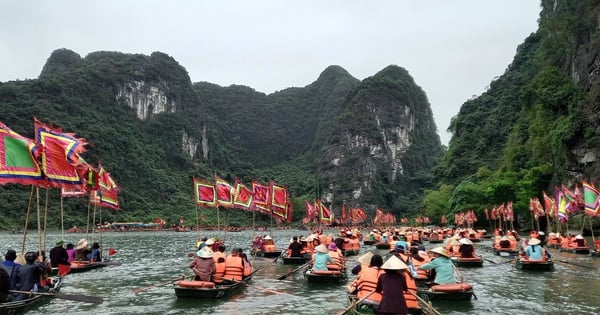

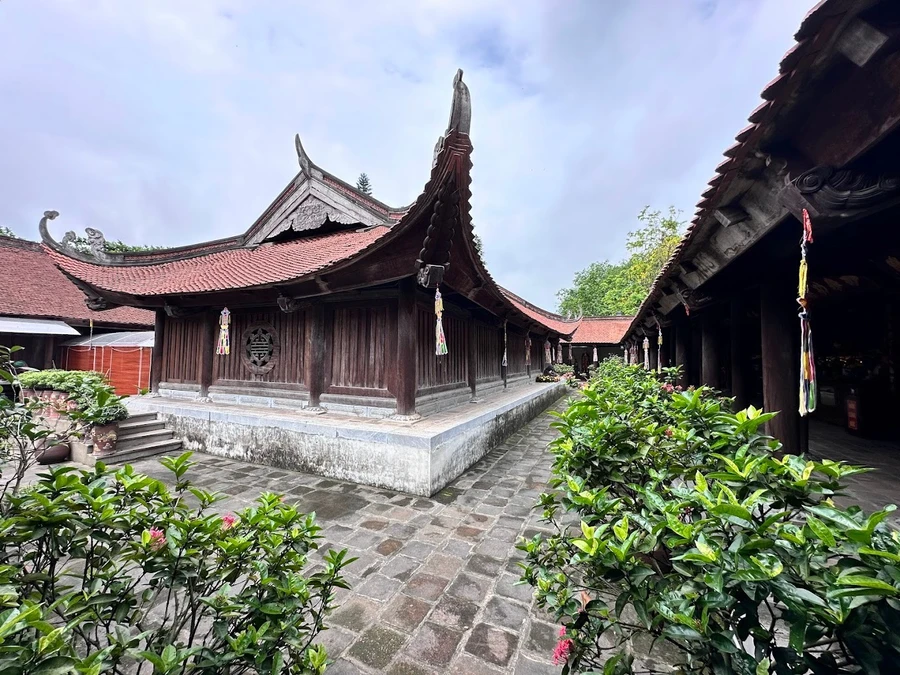

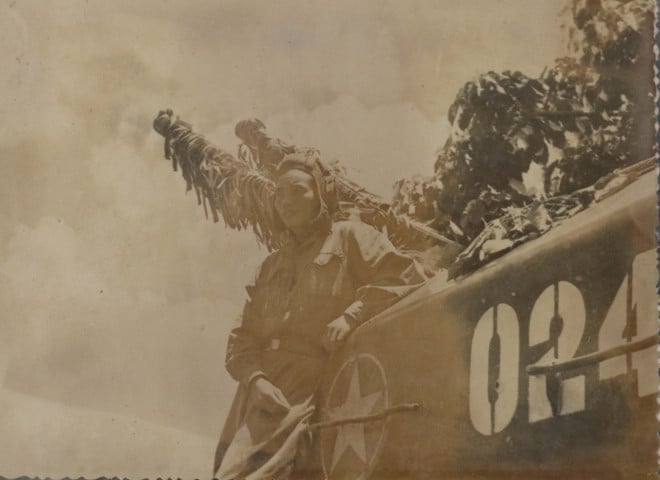
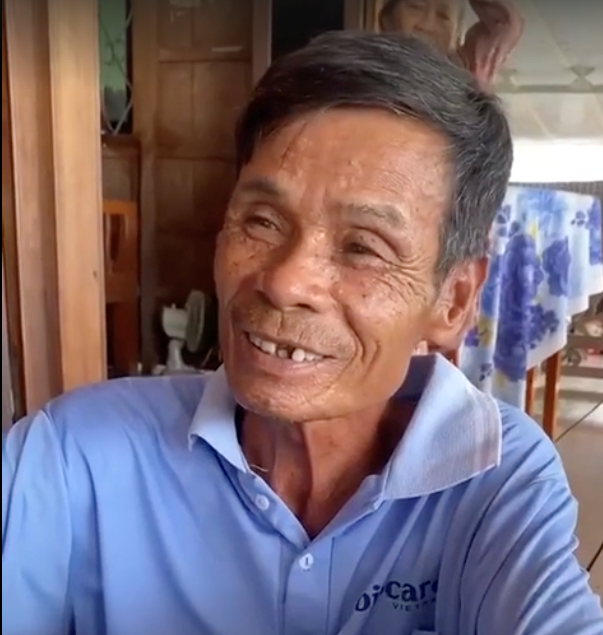

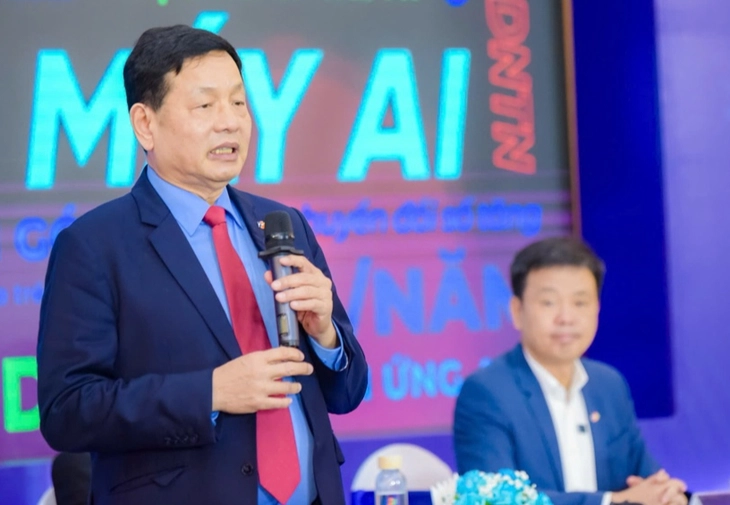

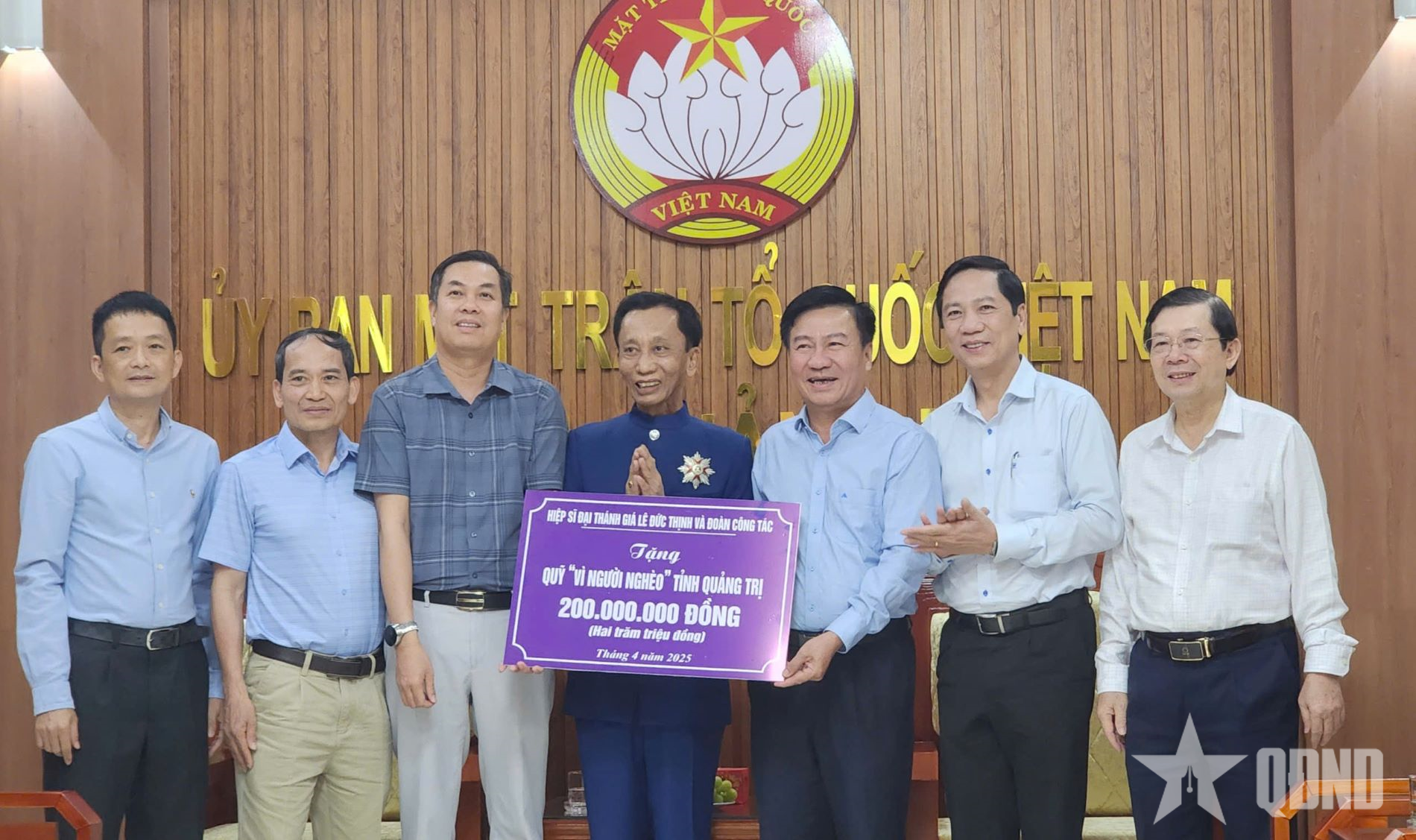

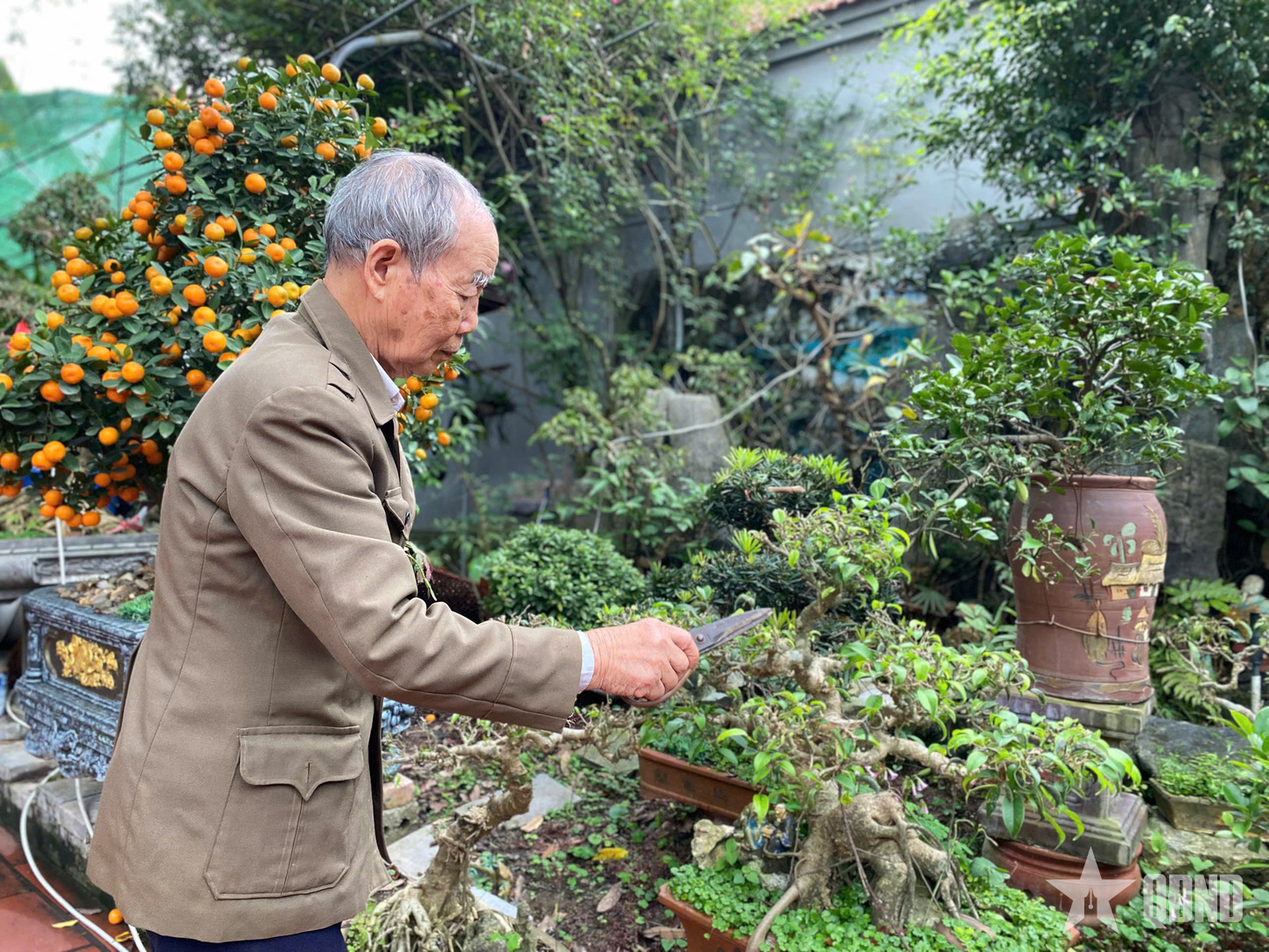
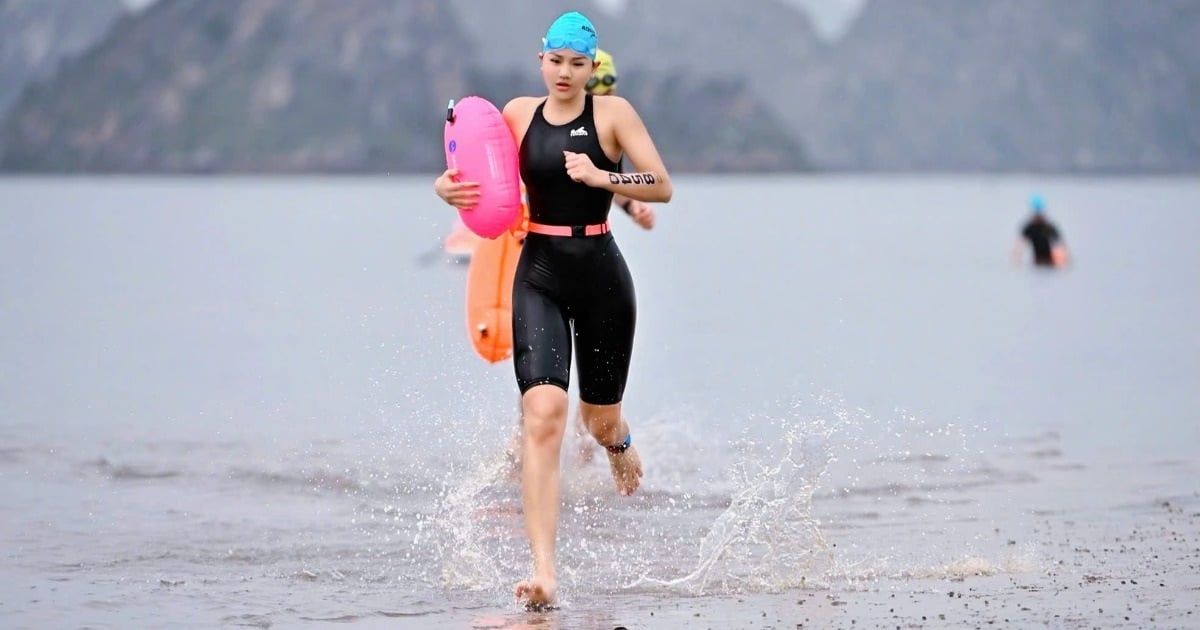
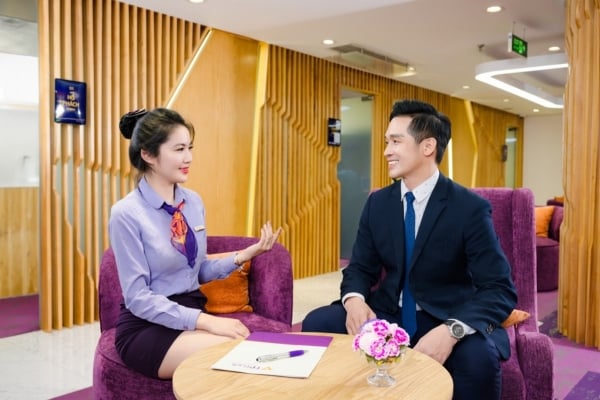

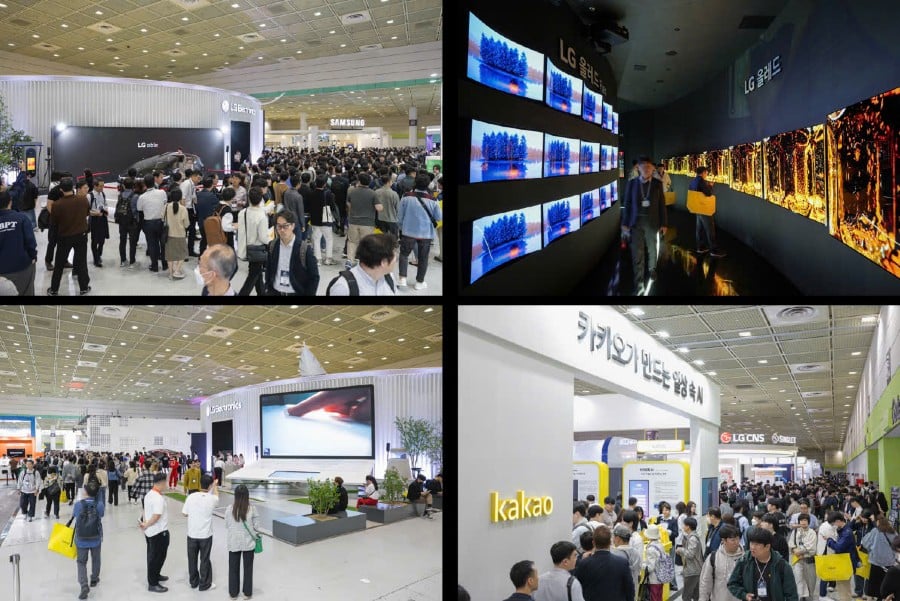

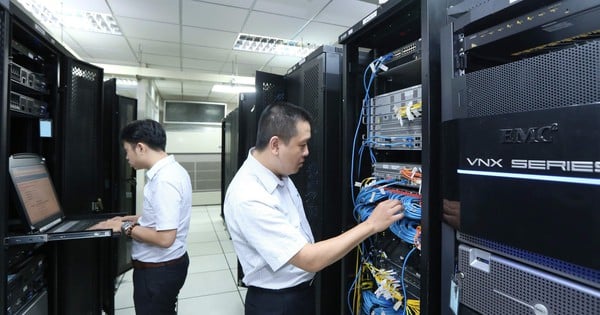
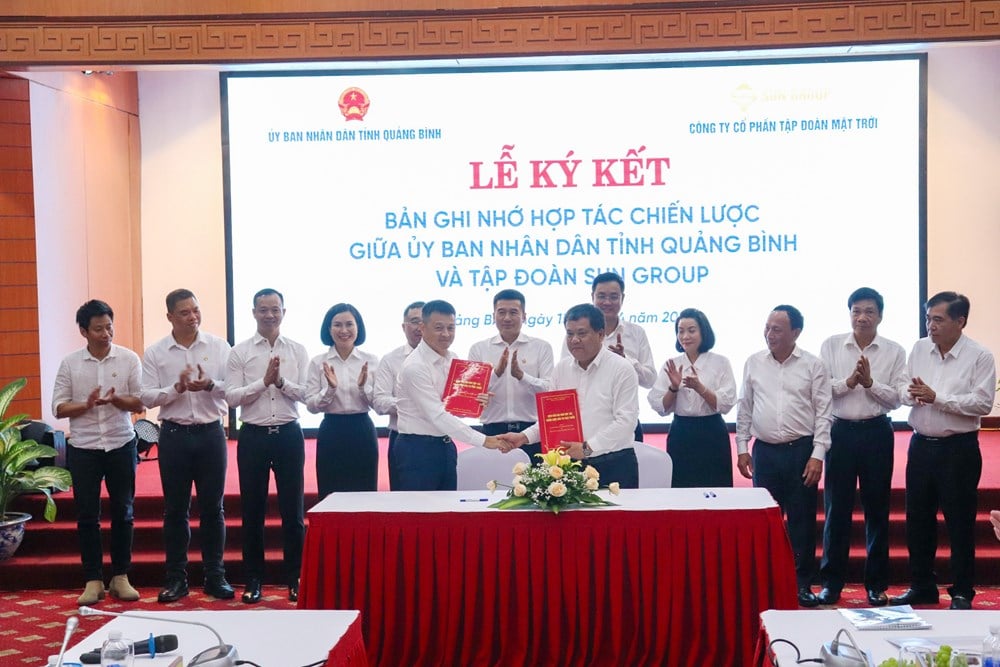

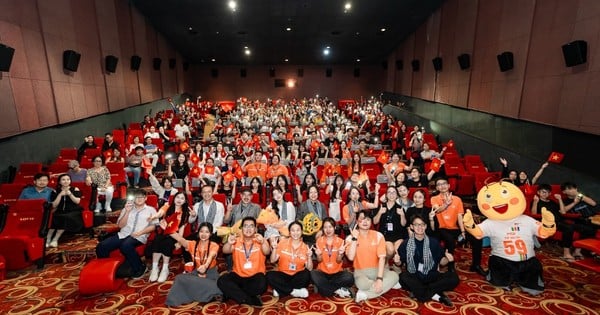

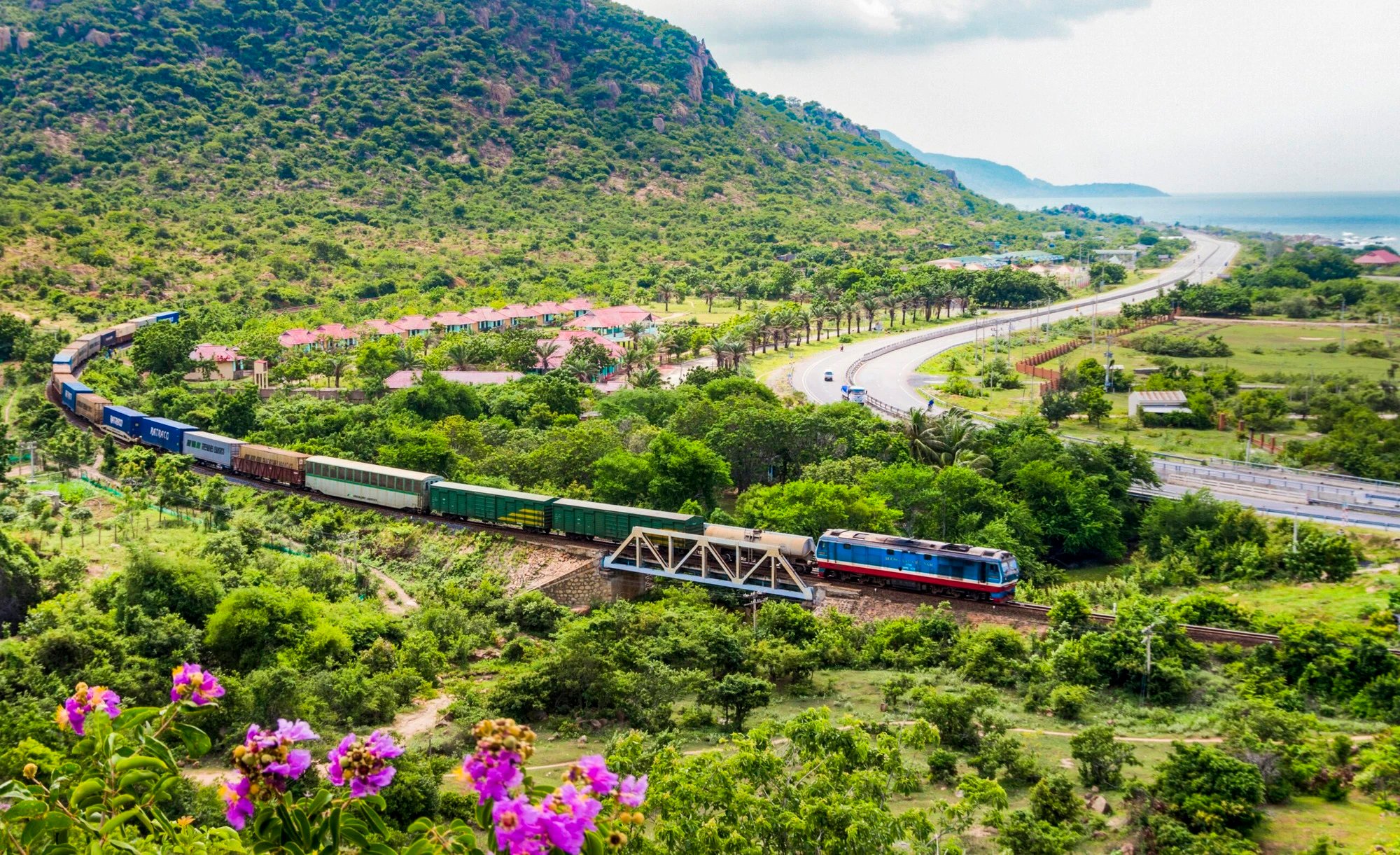

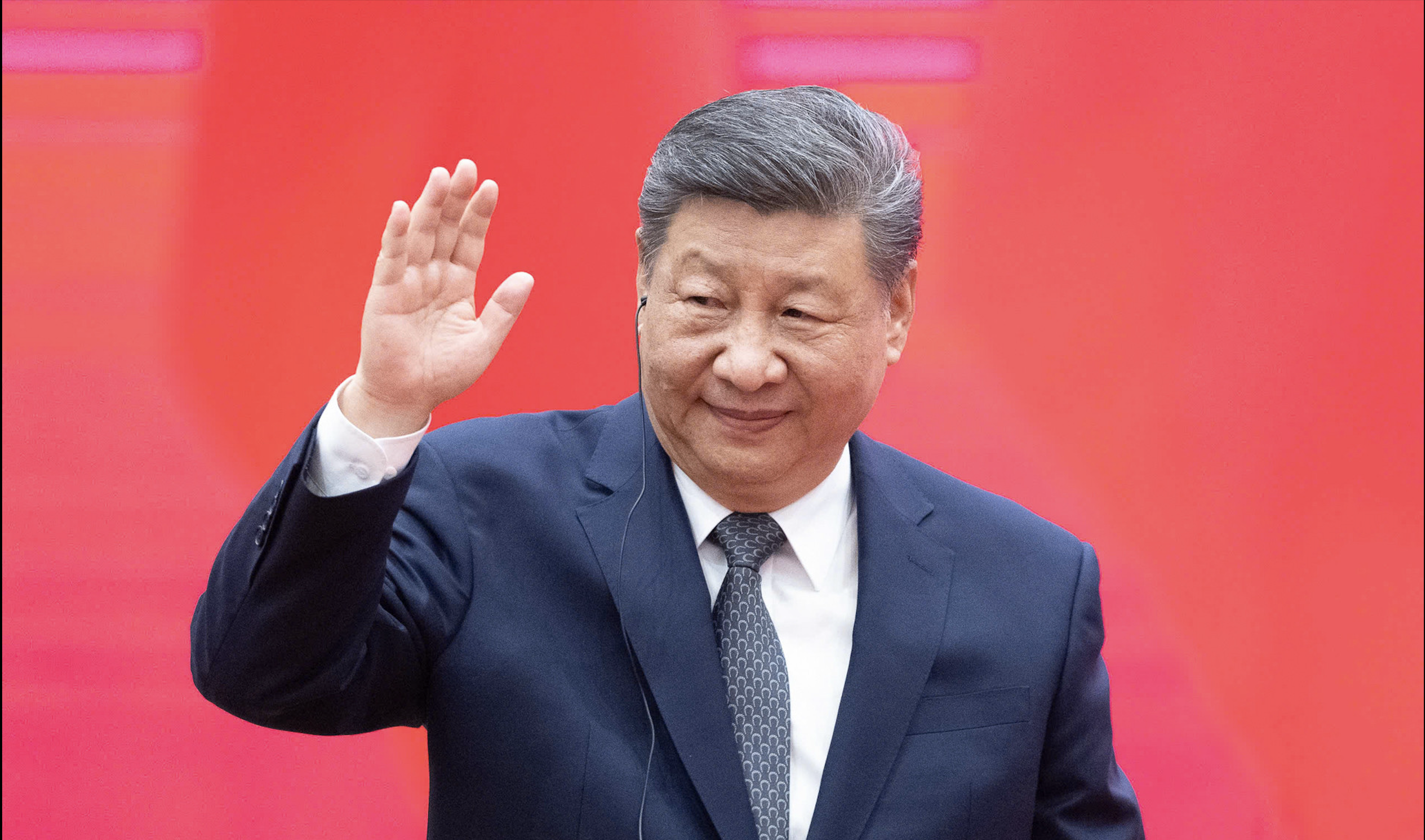
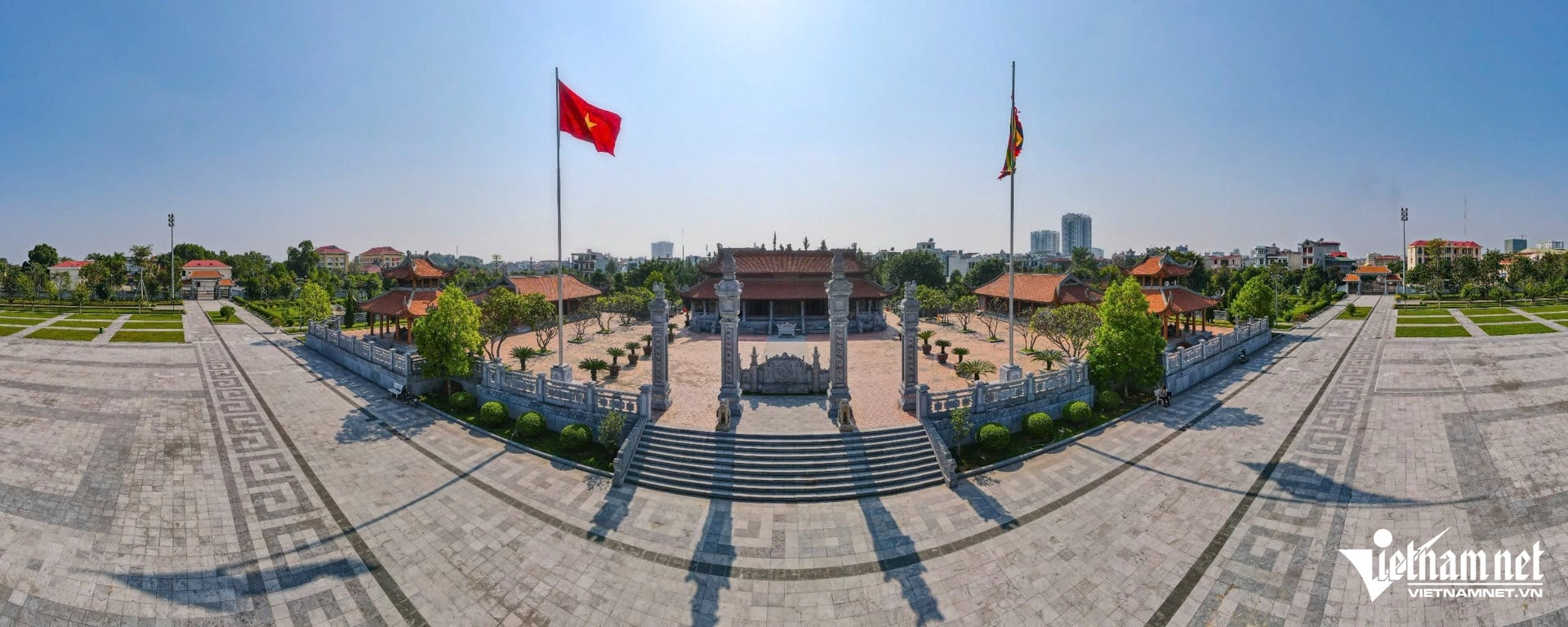
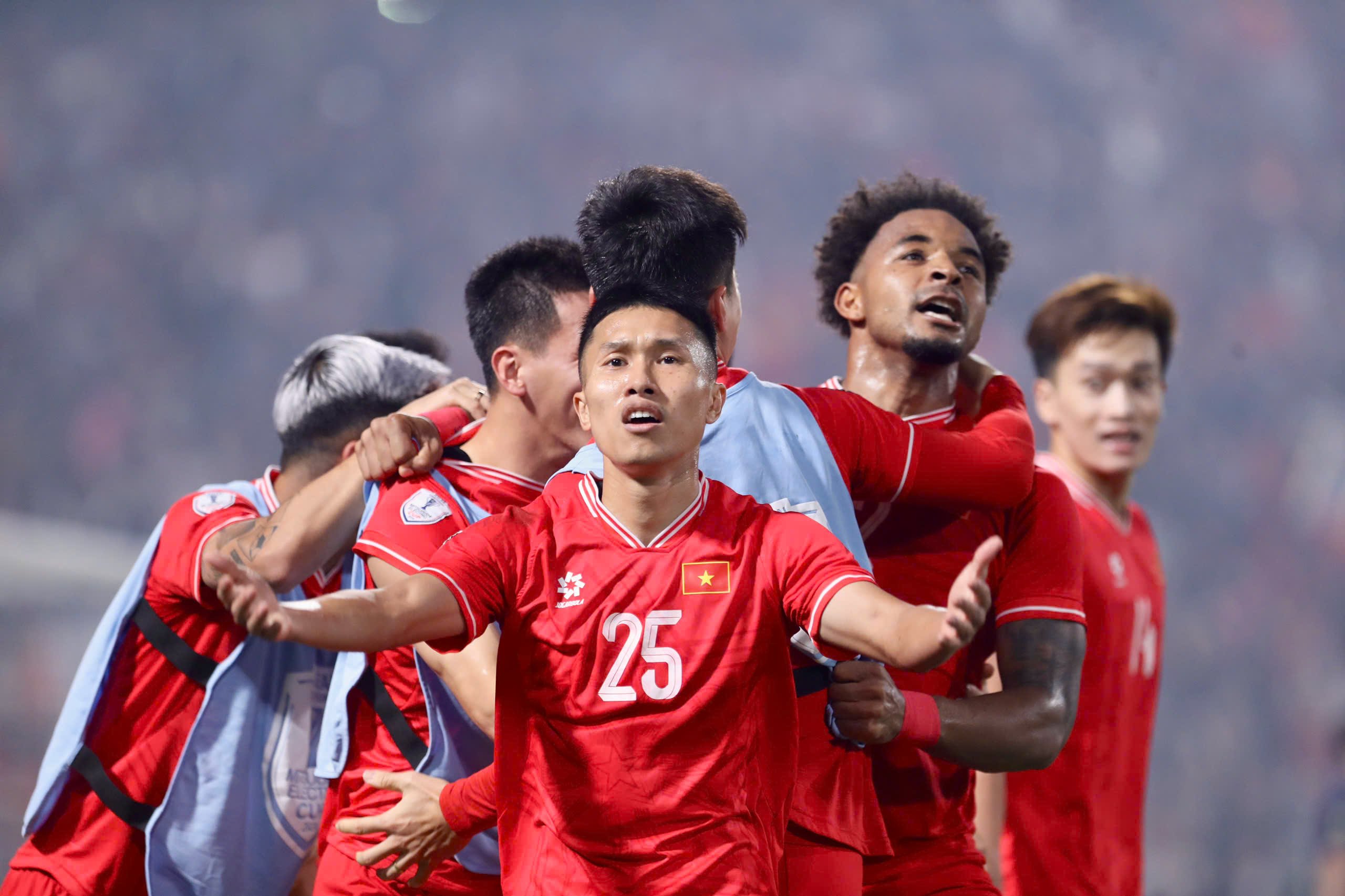
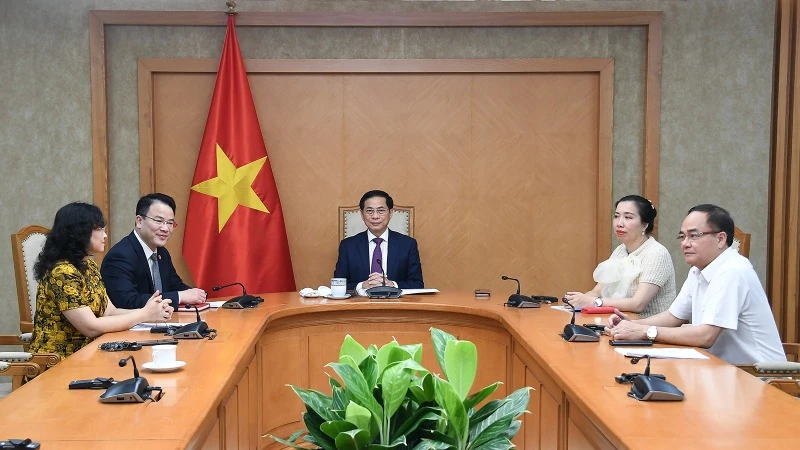
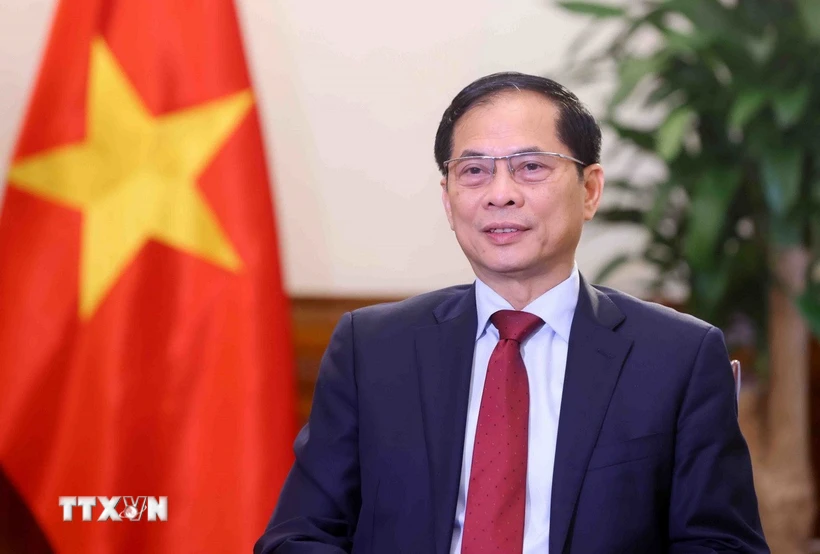
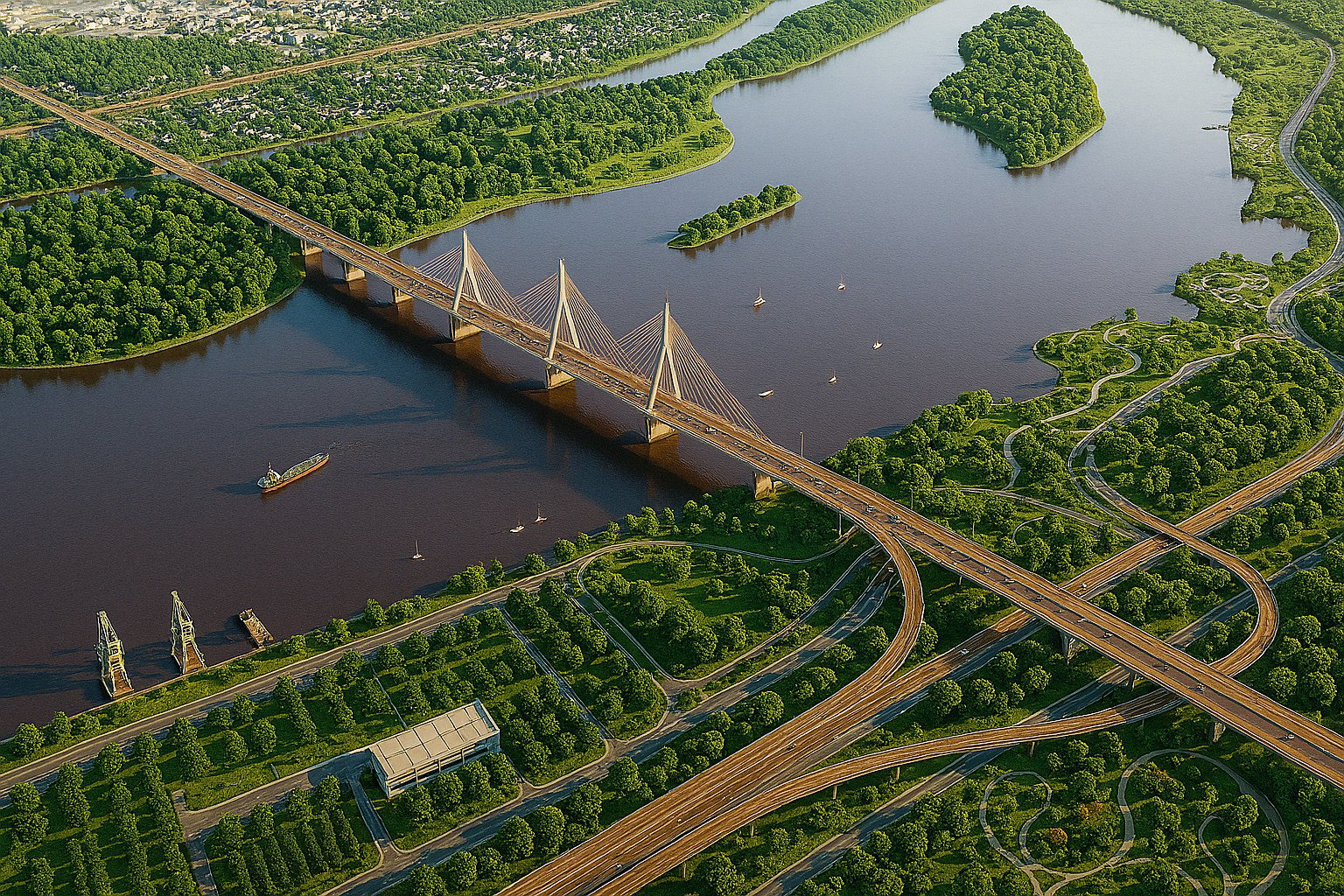
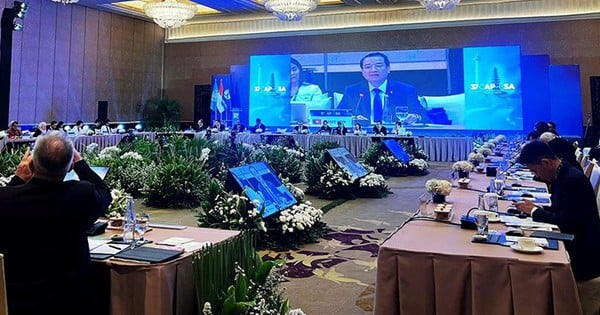

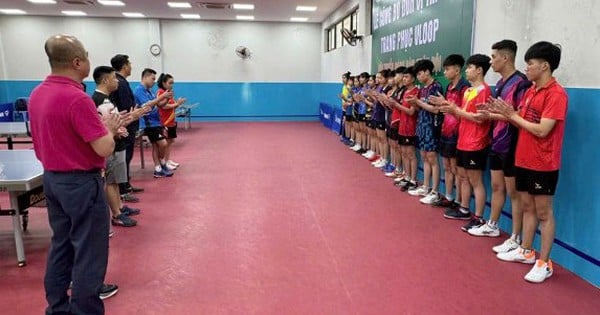
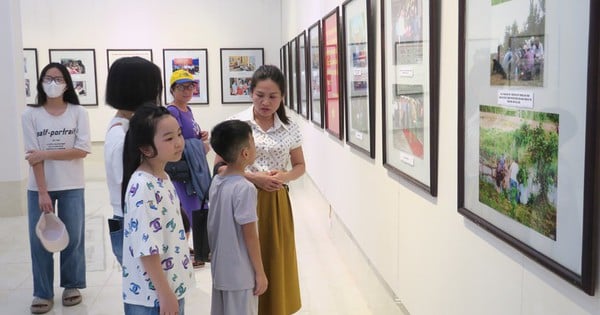
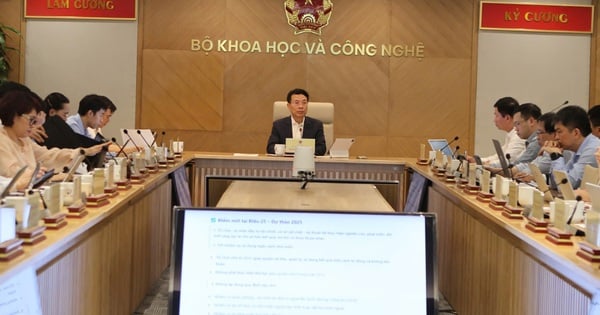

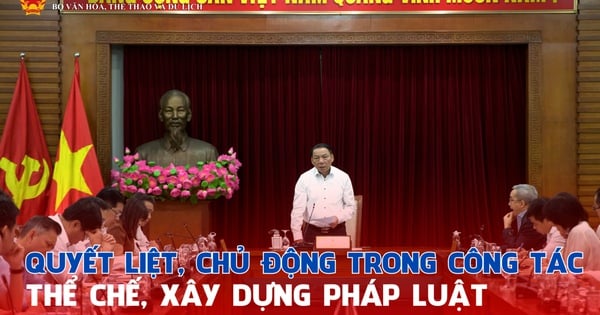
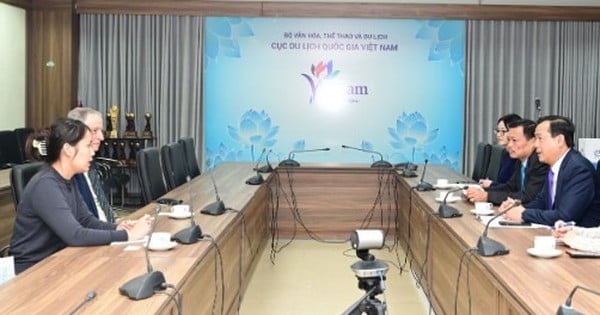
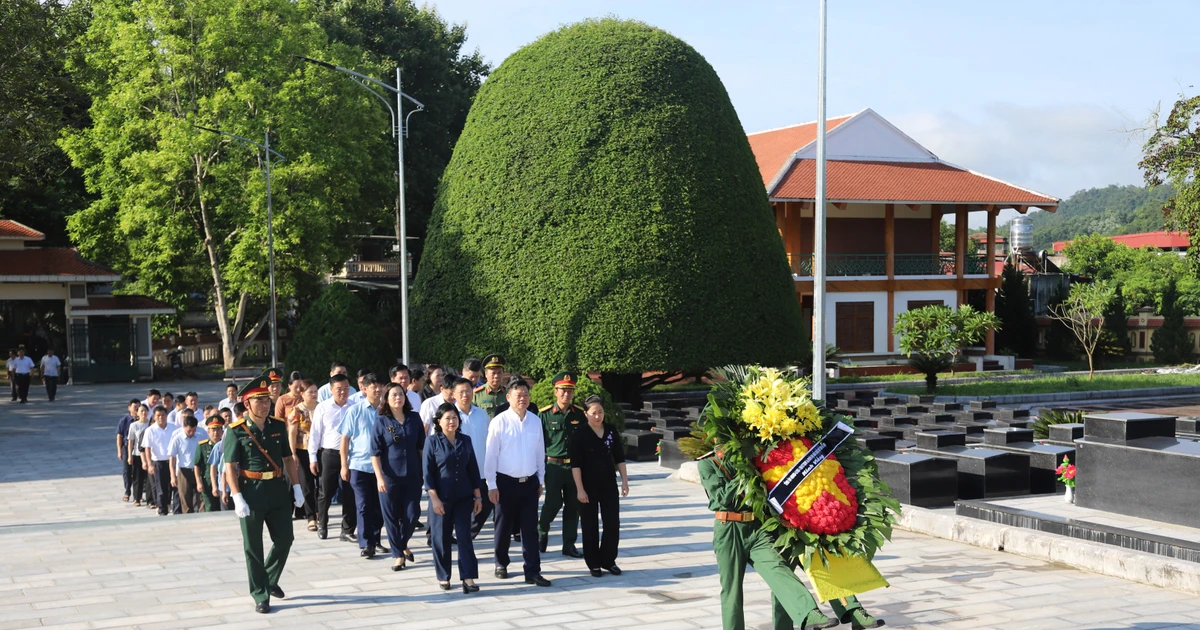

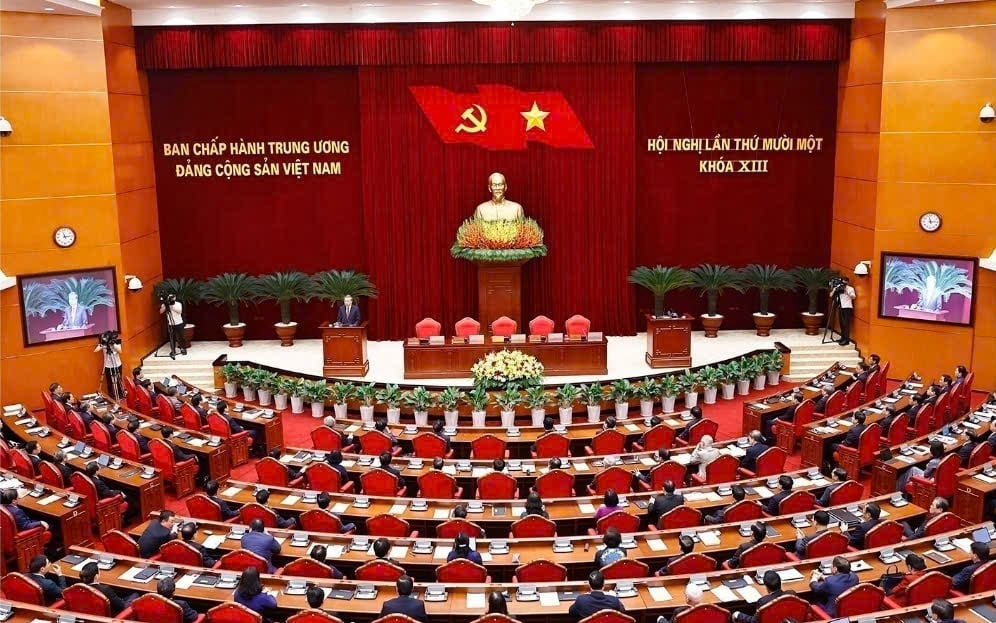

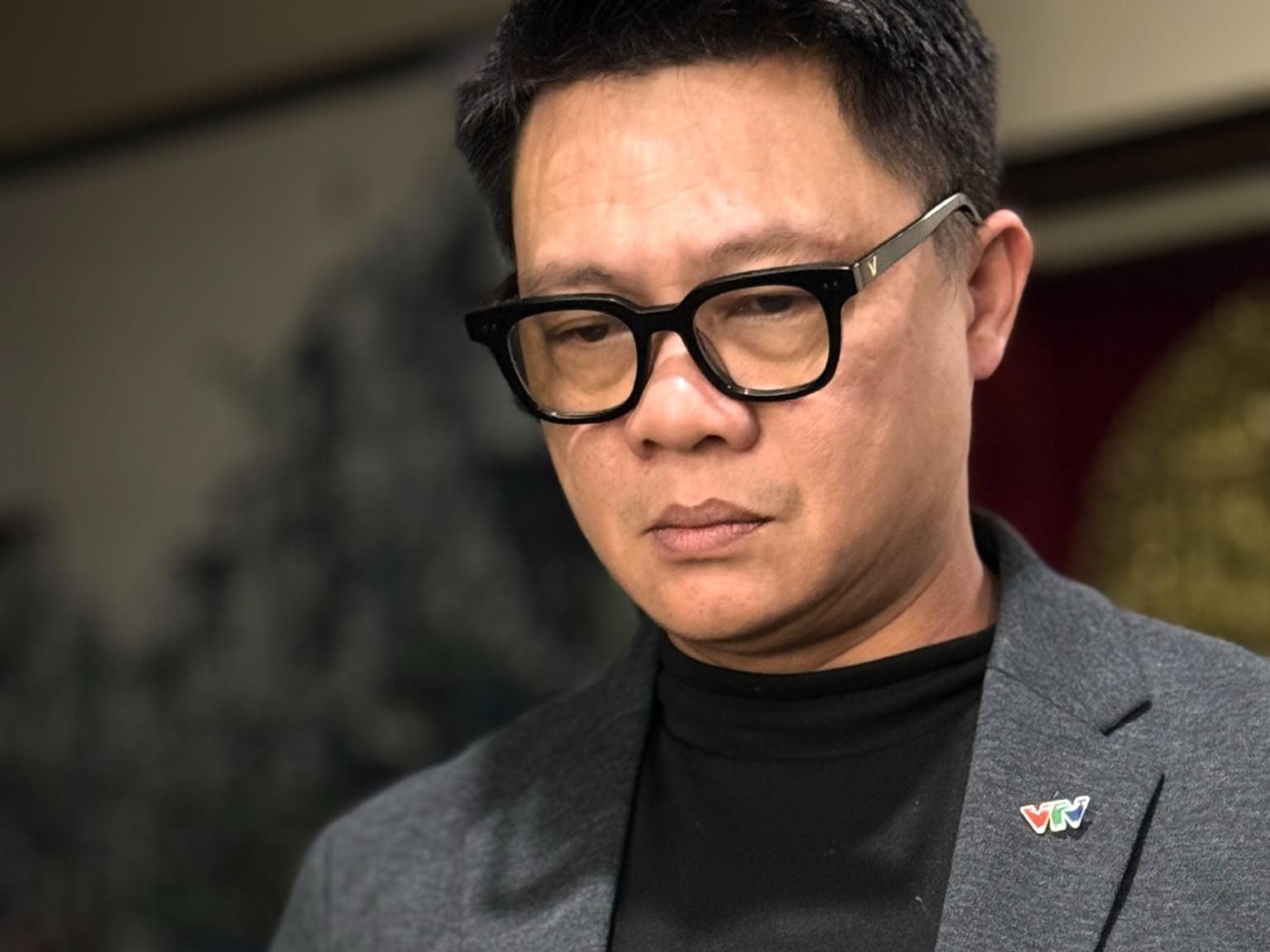
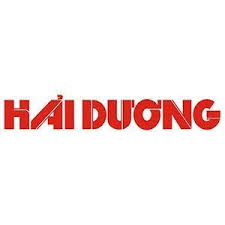
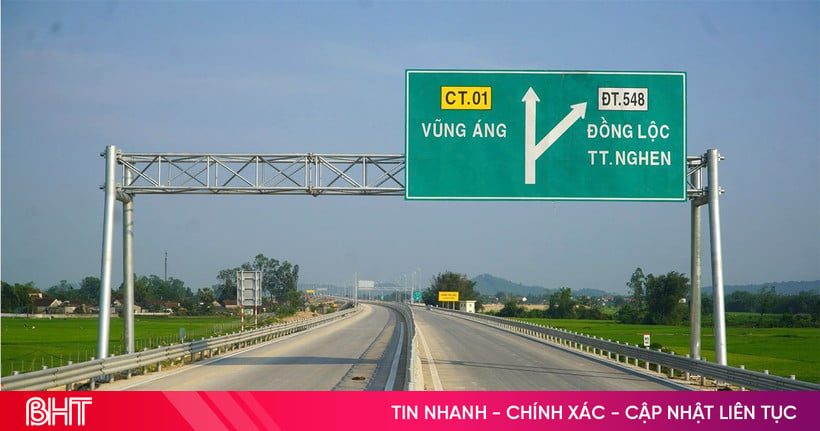

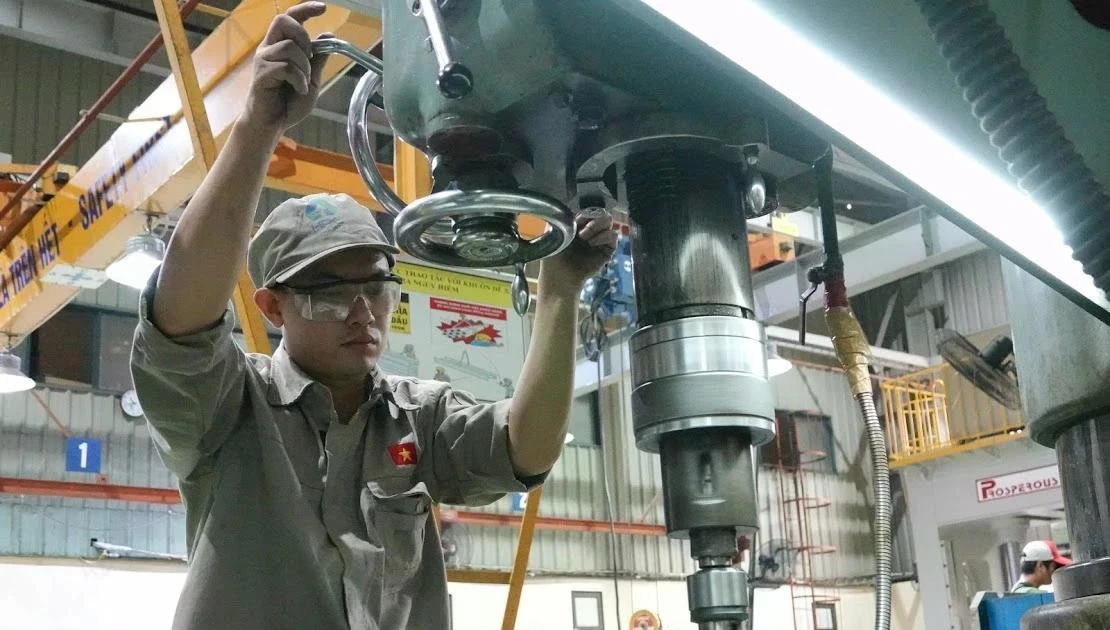

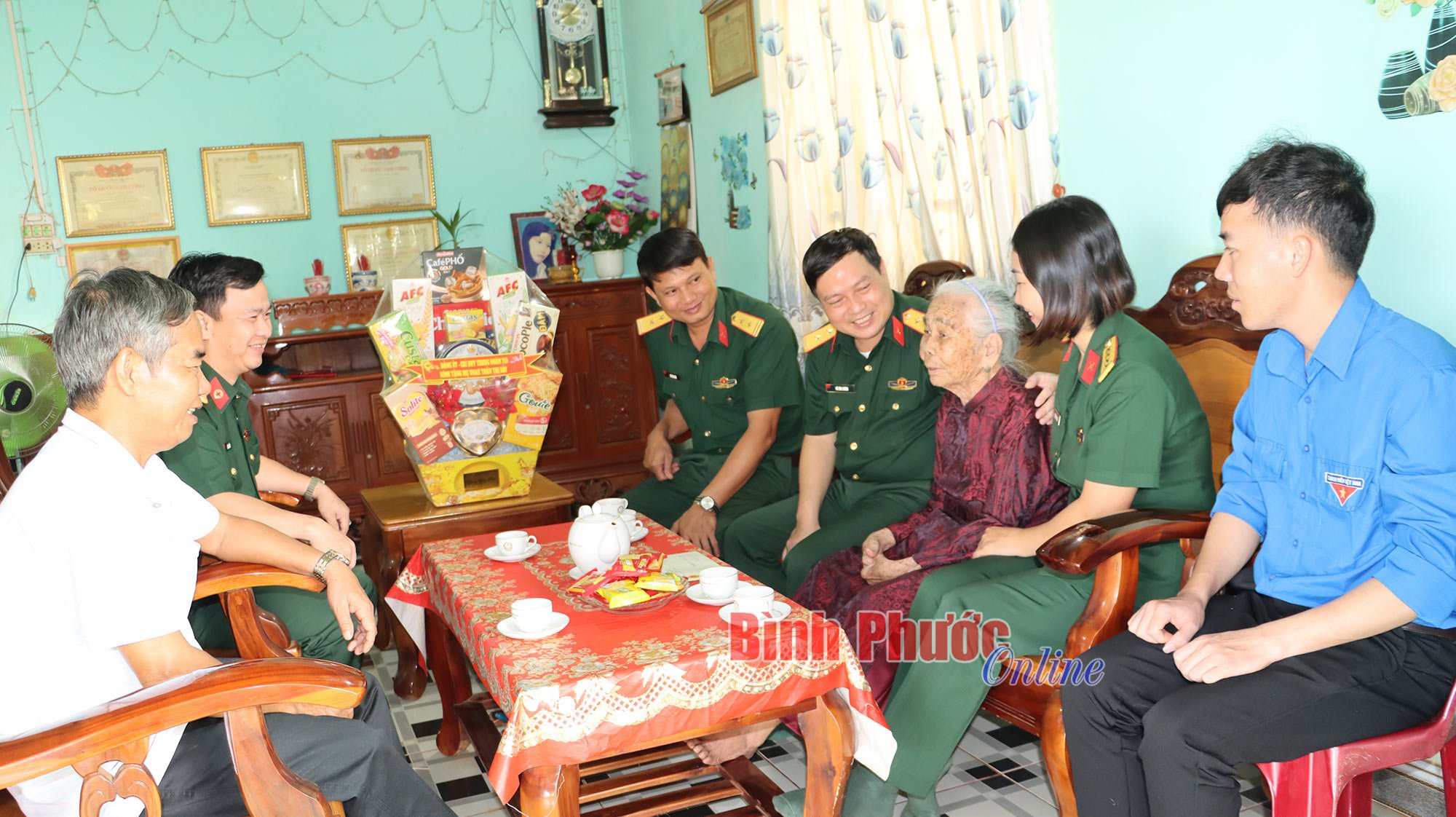

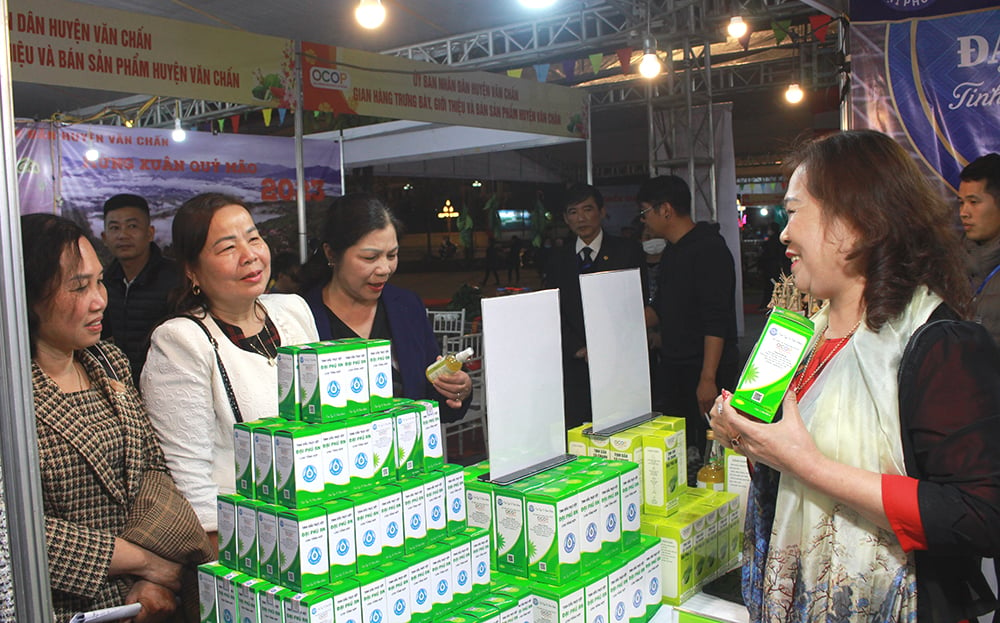
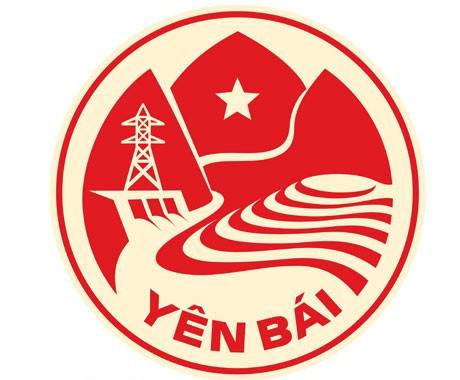
![[Photo] The capital of Binh Phuoc province enters the political season](https://vstatic.vietnam.vn/vietnam/resource/IMAGE/2025/4/16/c91c1540a5744f1a80970655929f4596)
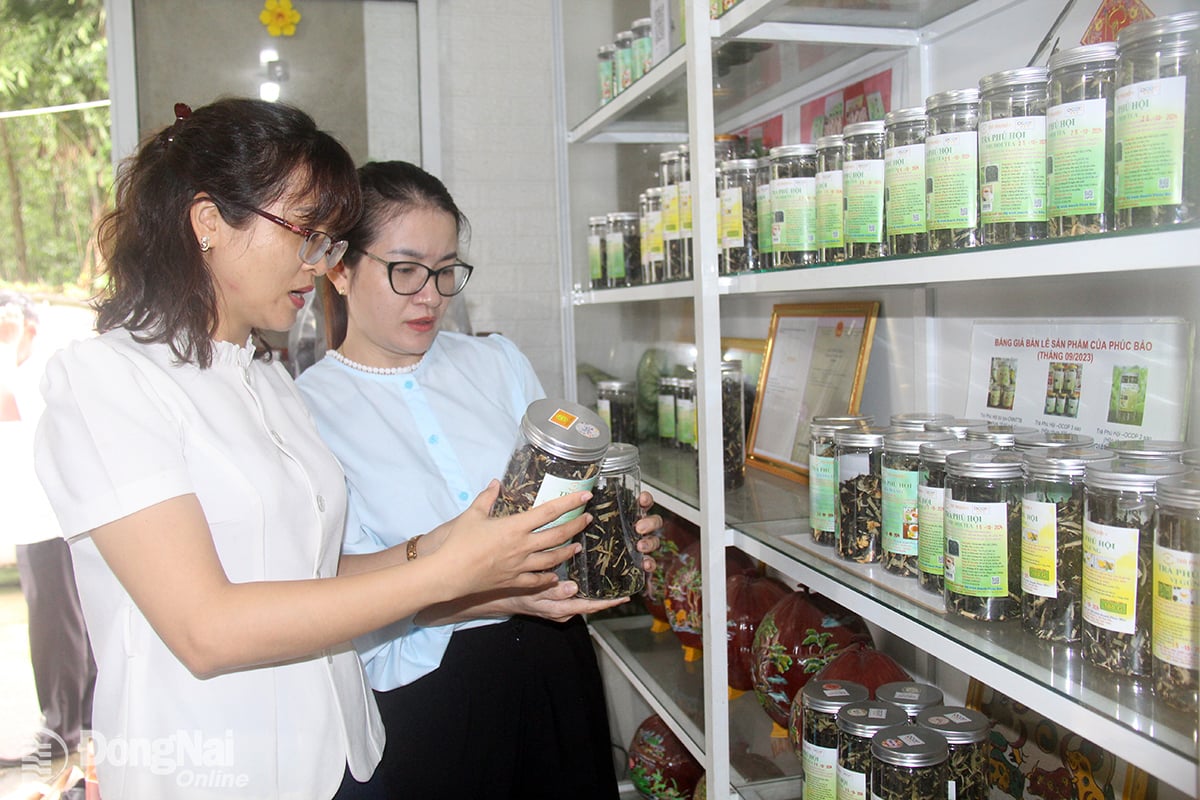

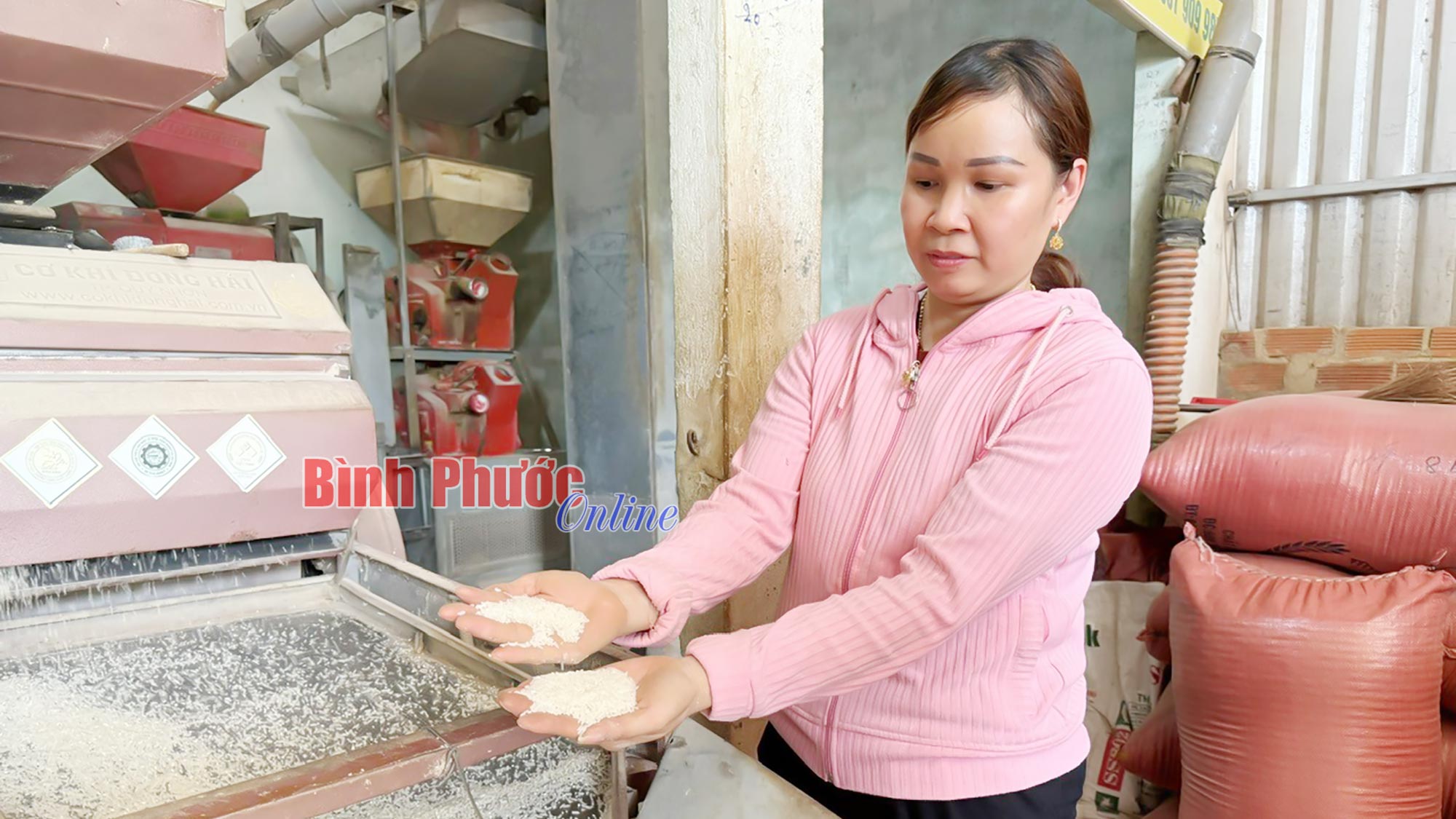
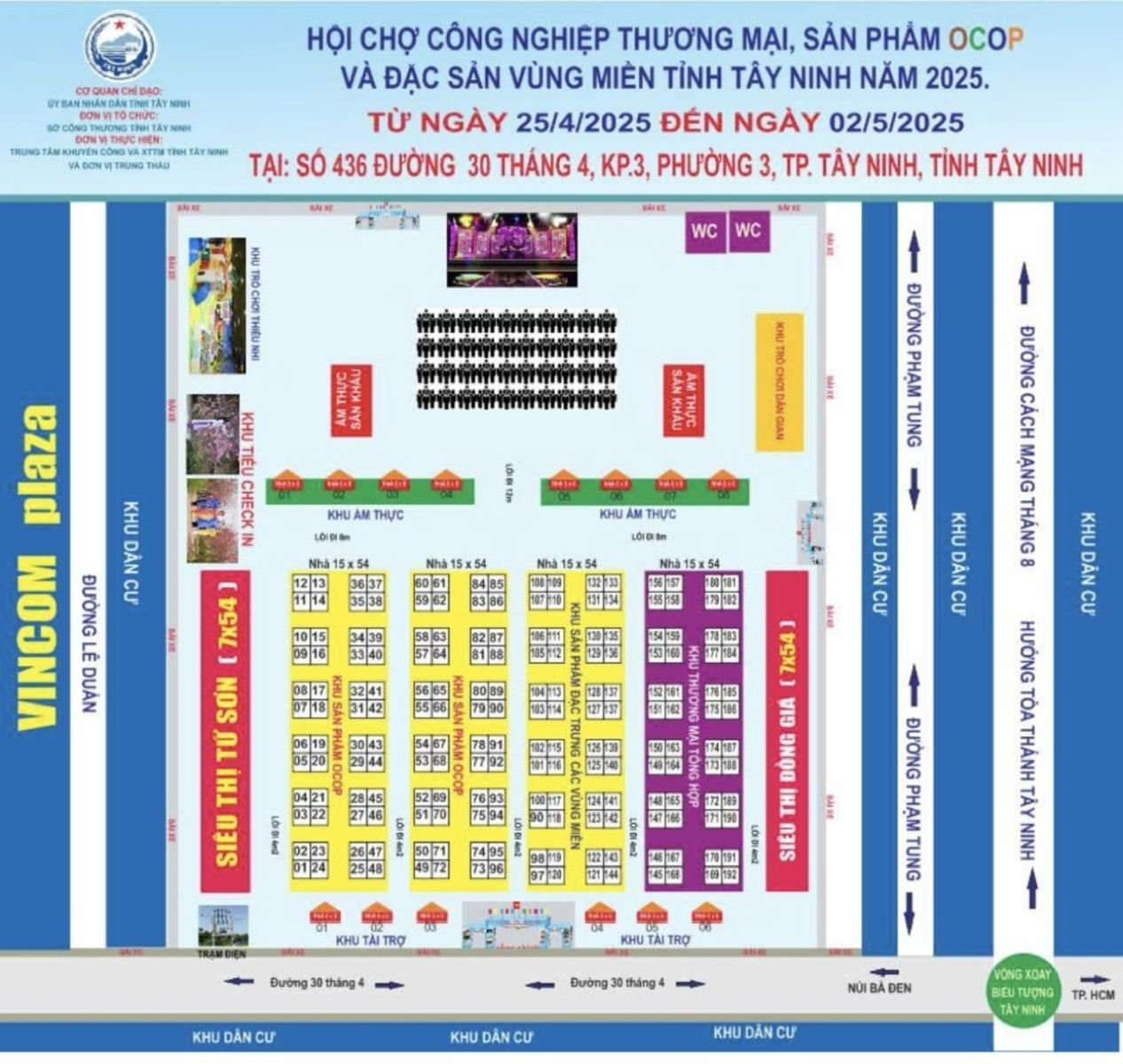
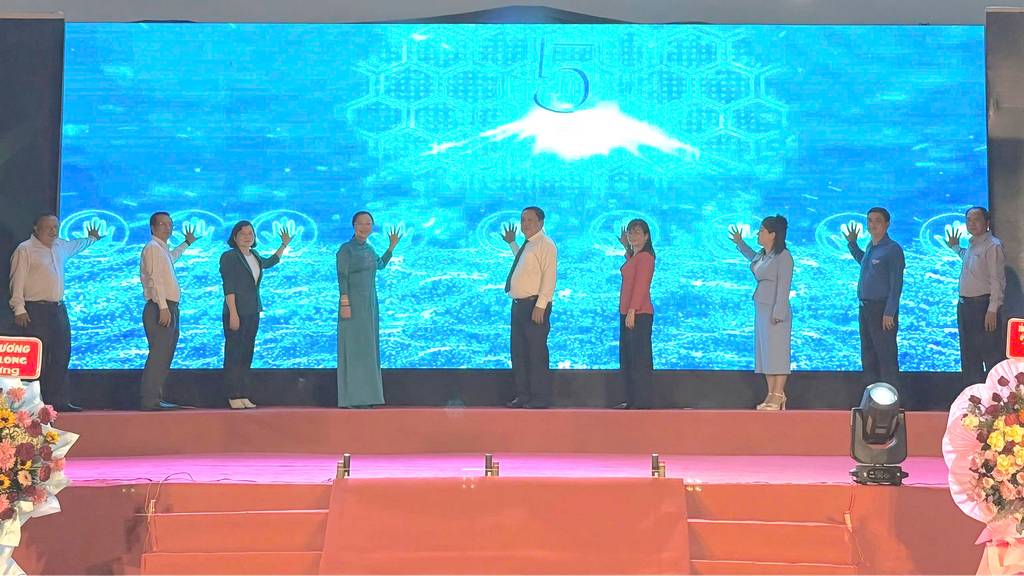
Comment (0)